About The Gardens
Manor House Garden is a Green Flag Park blessed with a clean river and lake, abundant wildlife, history and heritage, a great community café, play space and gardens and a well-regarded and successful community school.
It is situated in the London Borough of Lewisham, and our website has a lot of great things to share with you. First, we want you to be be proud of Lewisham’s ‘Jewel in the Crown’, a community park that recently received a coveted Green Flag Award, awarded to well managed green spaces and parks across the UK and abroad.
Manor House Gardens is three times larger than Trafalgar Square (3.34-hectares); it is publicly accessible and free to all. The park has lots of space and a range of facilities that cater for all ages and visitors in the local community. There is a historic walled garden full of wildflowers and a purpose-built children's playground containing maintained and mostly new play equipment for younger children.
Looking out over the park is the magnificent grade II listed Manor House now a community library. It is 250 years-old this year (2022), built in 1771 for London merchant Thomas Lucas and bought by the famous Francis Baring, banker, and chairman of the East India Company.
There are 2 new recently installed LFA tennis courts, a multi-use Ball Court, outdoor gym equipment, a fenced and gated dog-exercise area, a glorious community garden and a large, well maintained, beautiful meadow at the heart of the park, perfect for picnickers, for exercisers and as a safe place for contemplation, sunbathing and recreation. Our community café offers a wide range of hot and cold food and puts on numerous community events throughout the year.
Manor House Gardens is the place where the local community holds a free annual festival, where local schools hold their sports-day and a pop-up cinema in the autumn. it’s a great place to take in the fresh air, look for a new picnic spot for lunch, spend some quality friends and family time outdoors and there are places to spot local wildlife, on the wonderful historic lake (full of plants, fish, birds, and bats) or the banks of the river Quaggy, which flows through the park on its way to the Thames.
The Gardens contain
· Community Library
· Cafe
· Children's Playground (gated and fenced)
· Central Meadow (gated and fenced)
· Community Garden
· Dedicated Dog-Walking area / gated and fenced
· Grade 2 listed Manor House
· Historic Icehouse
· Lake, Nature Island and Water Fountain
· LFA Tennis Courts
· Multi-purpose Ball Cage
· Outdoor Gym Equipment
· River Quaggy
· Trinity School
· Walled Flower Garden
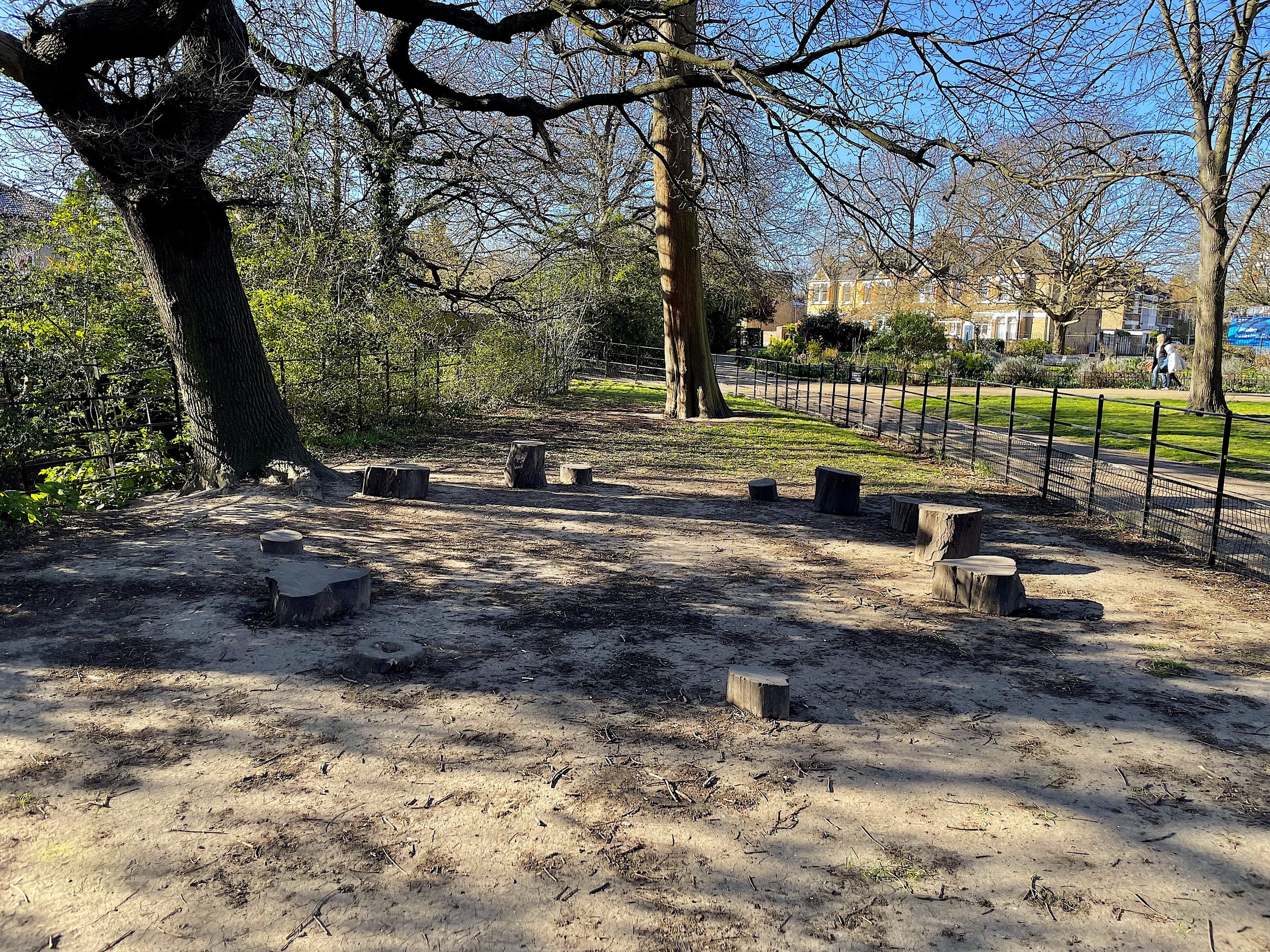
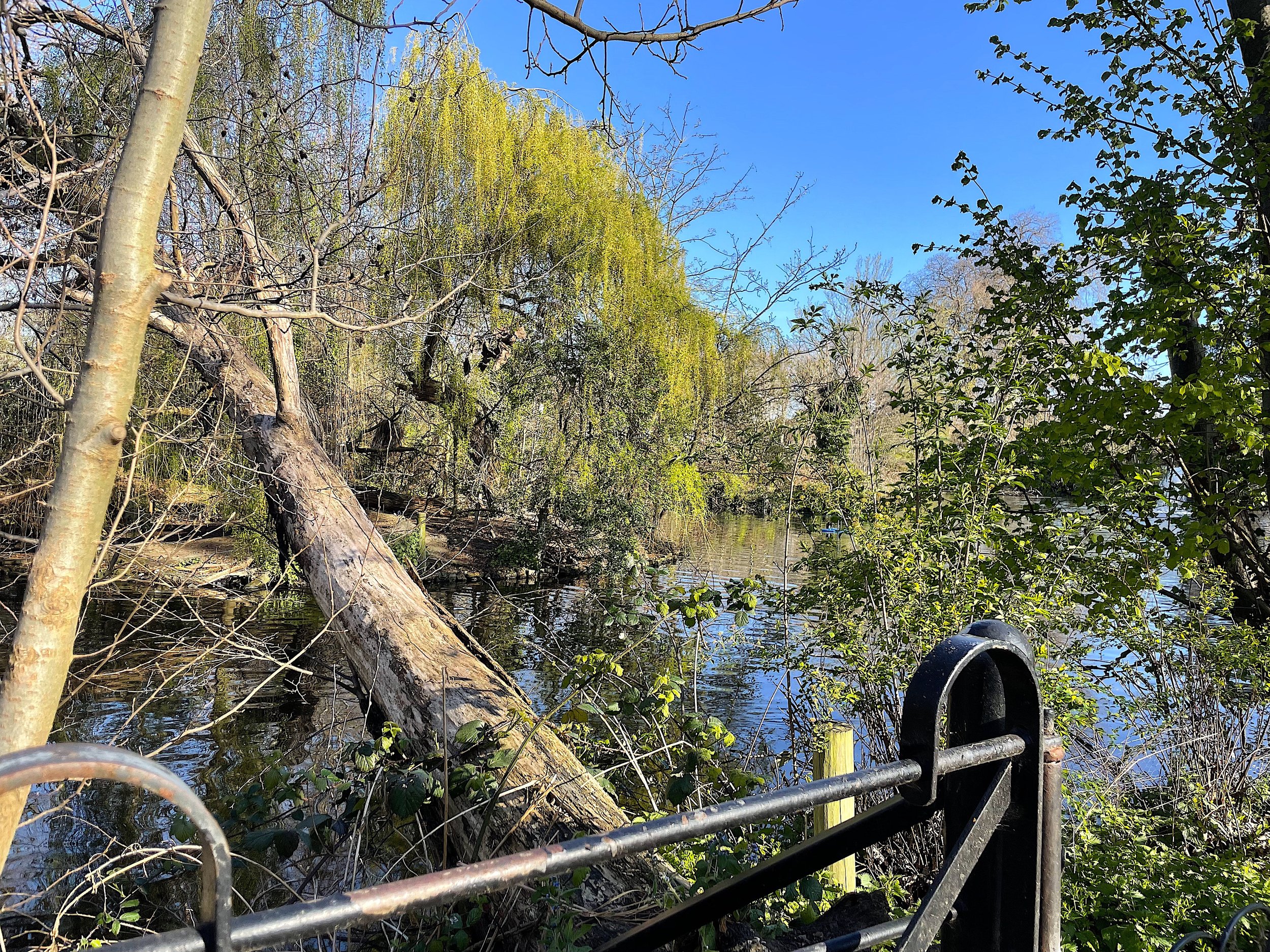
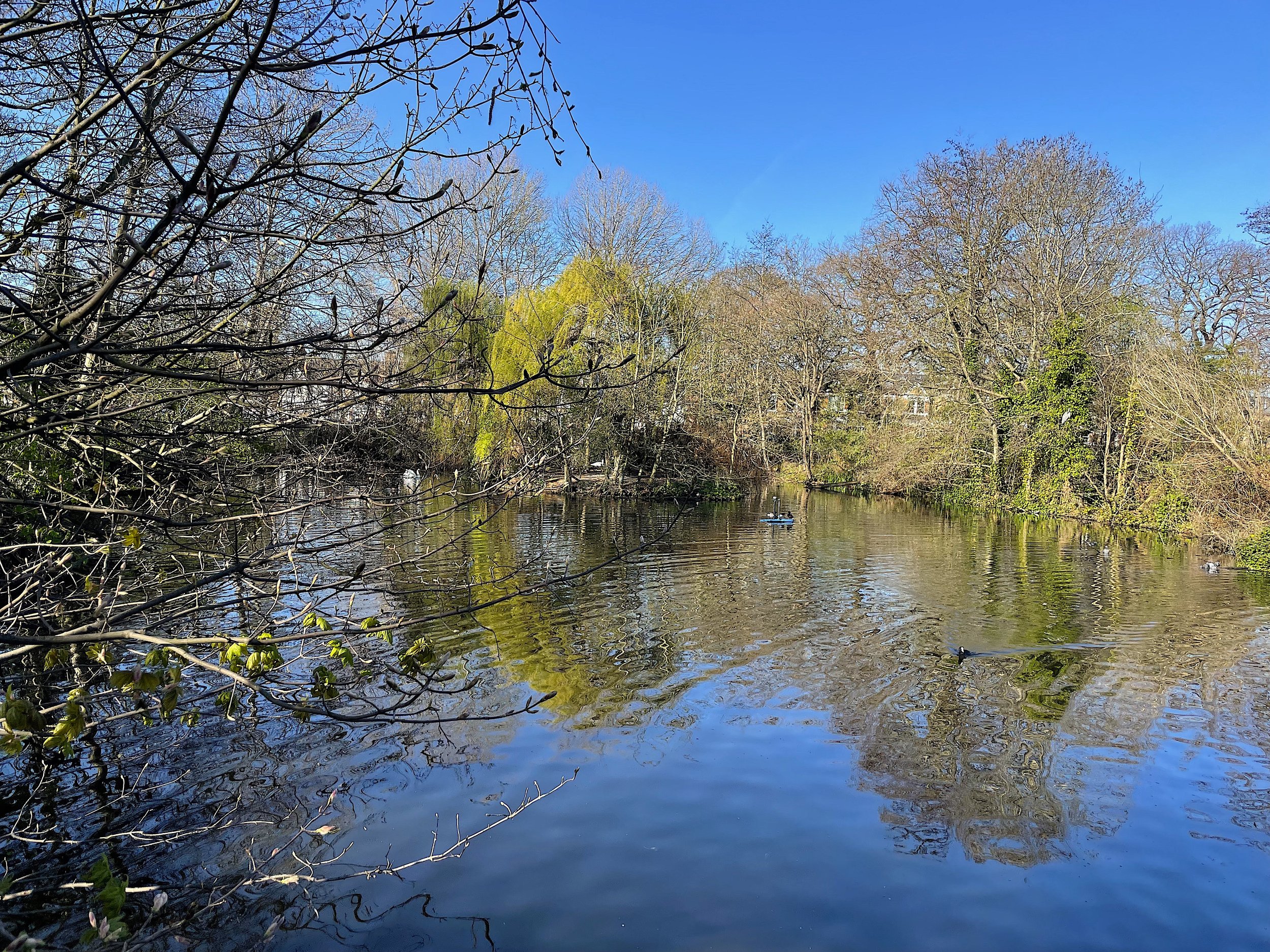
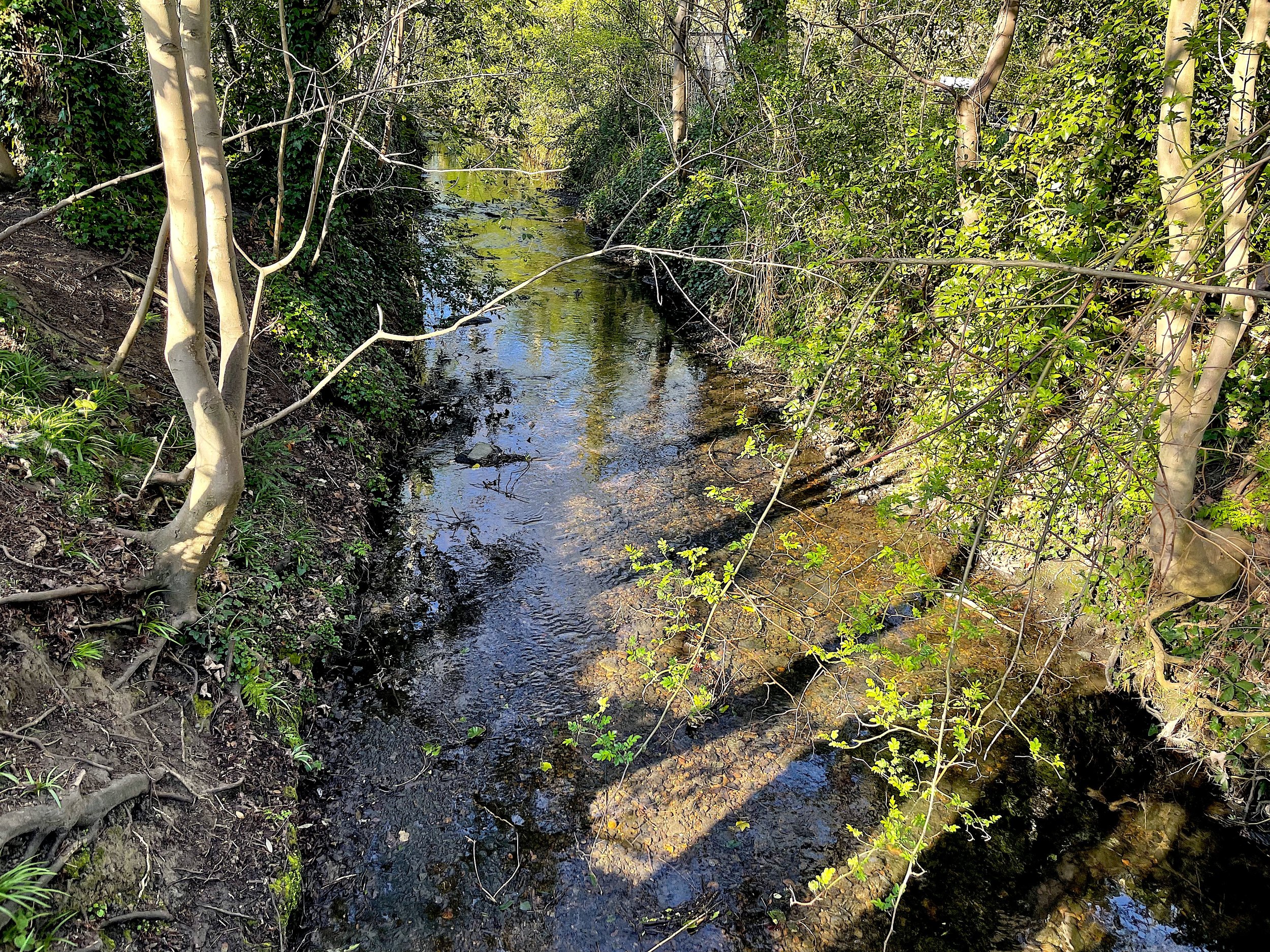
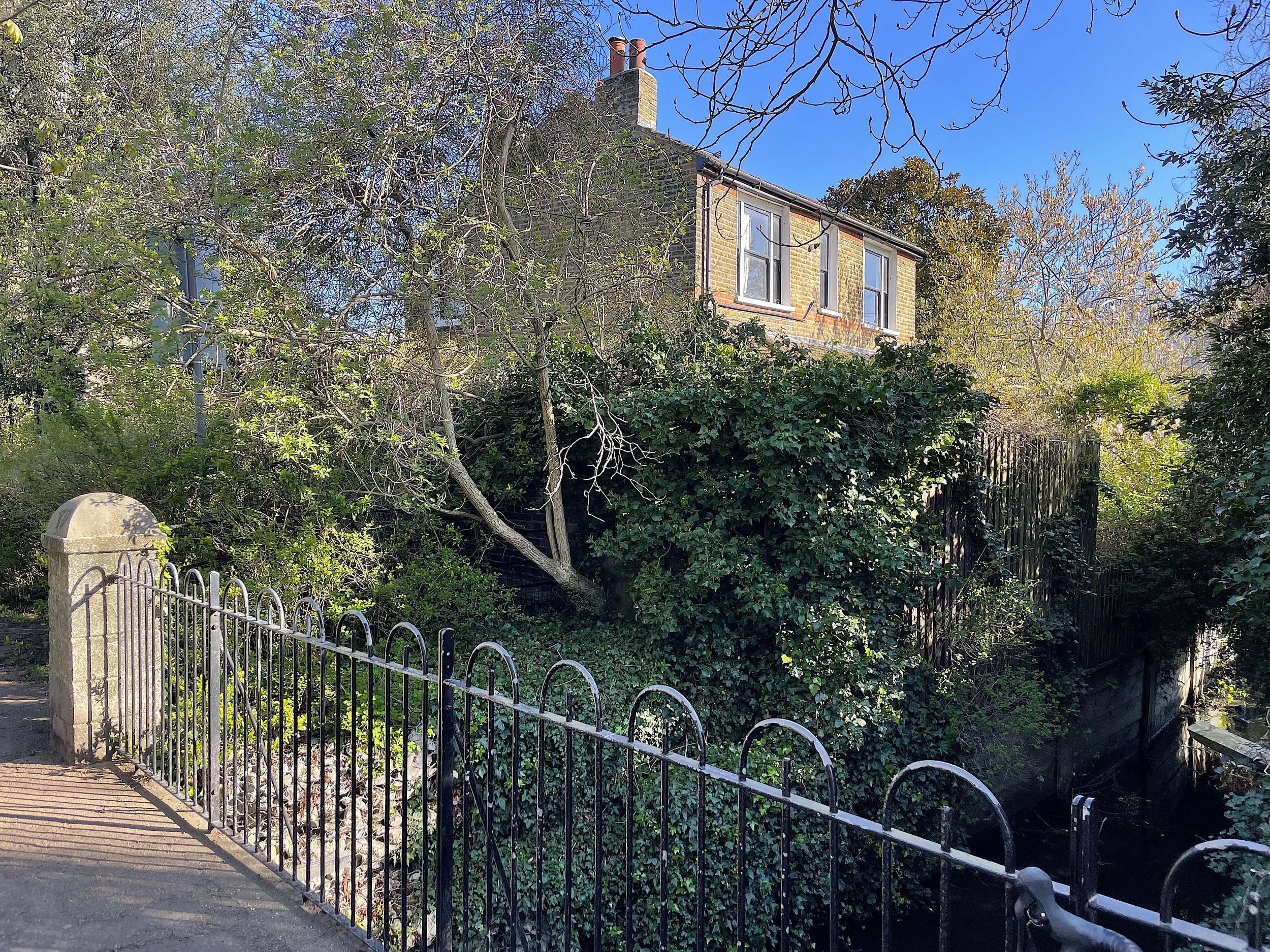
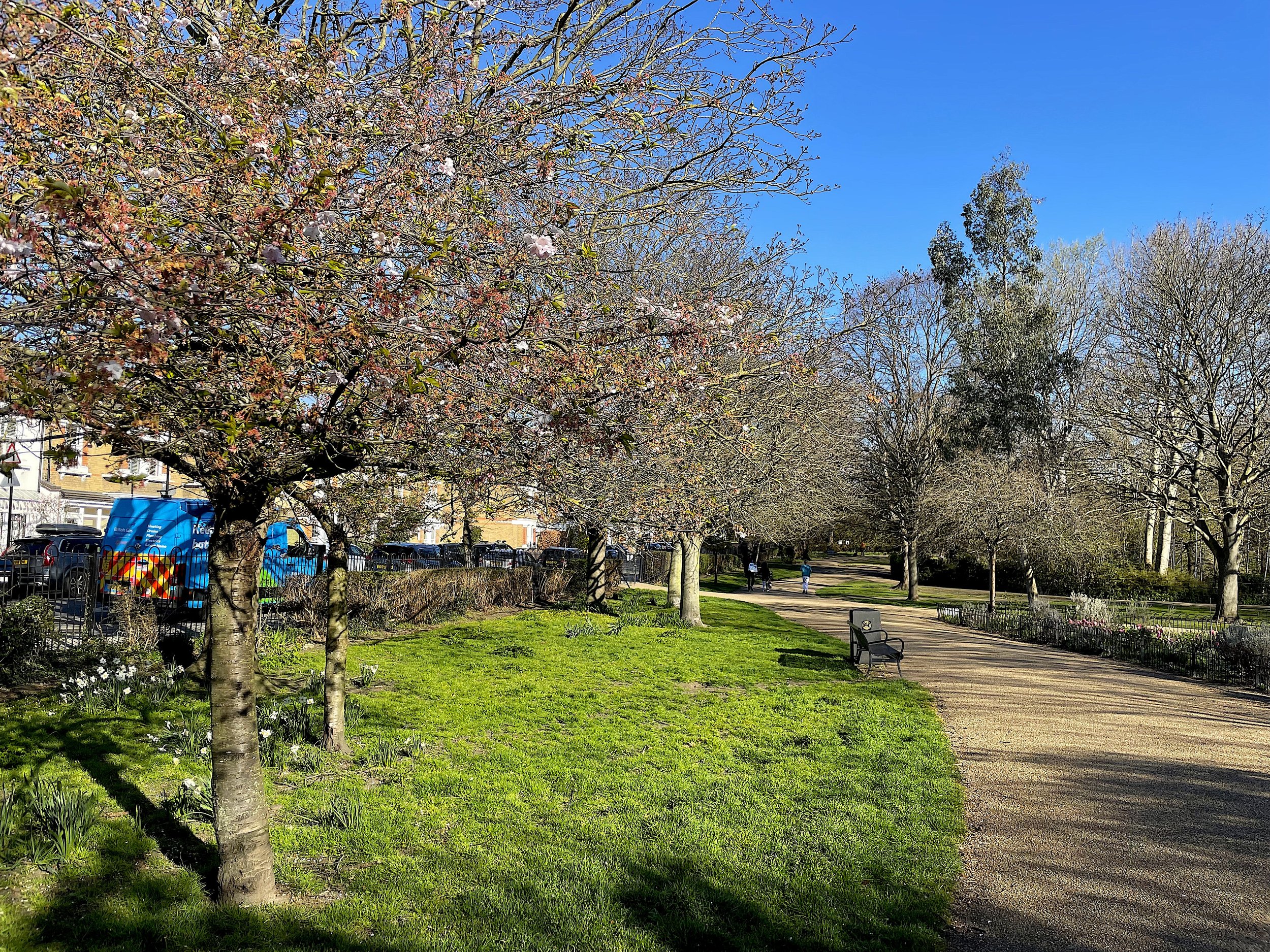
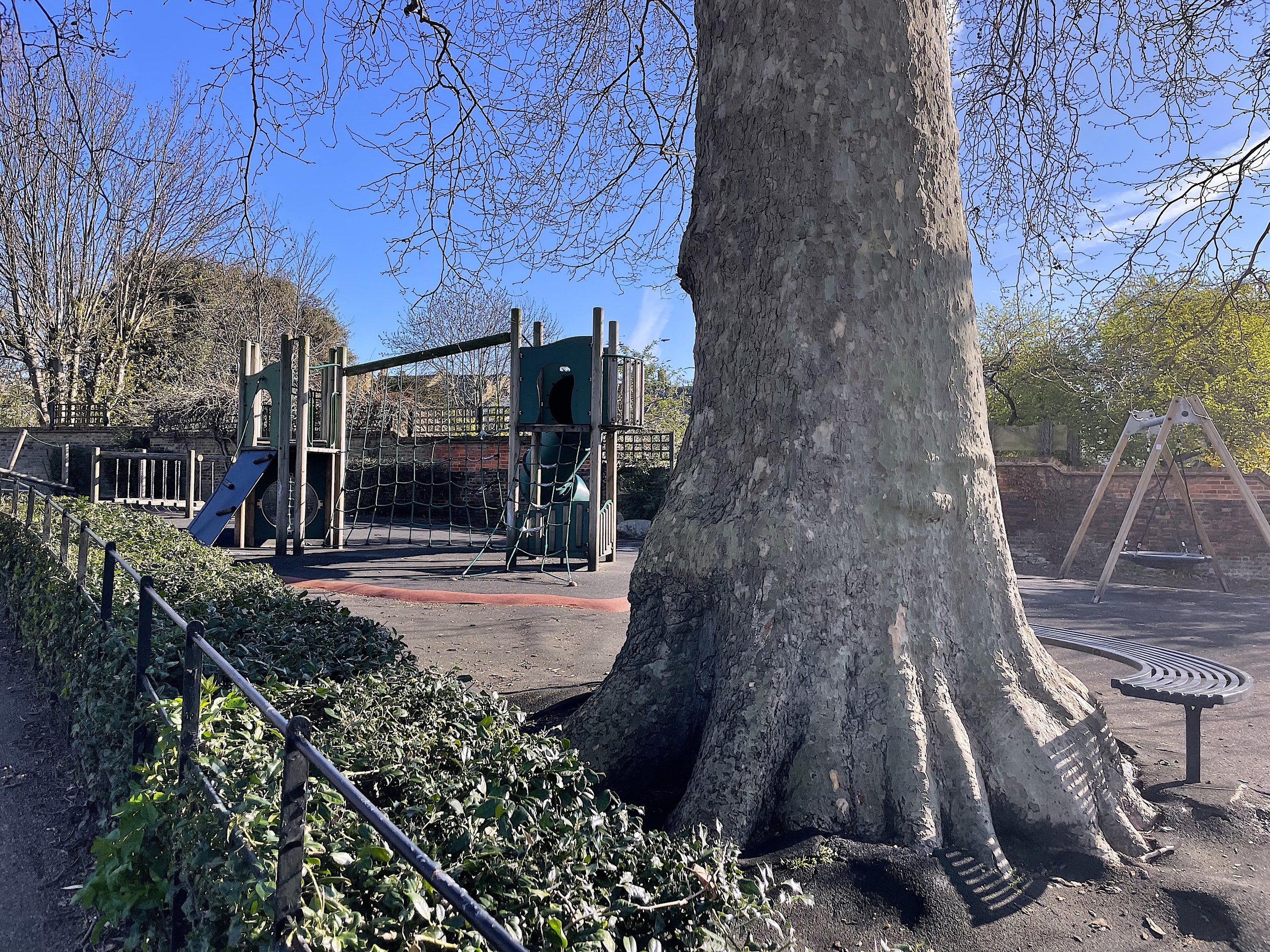
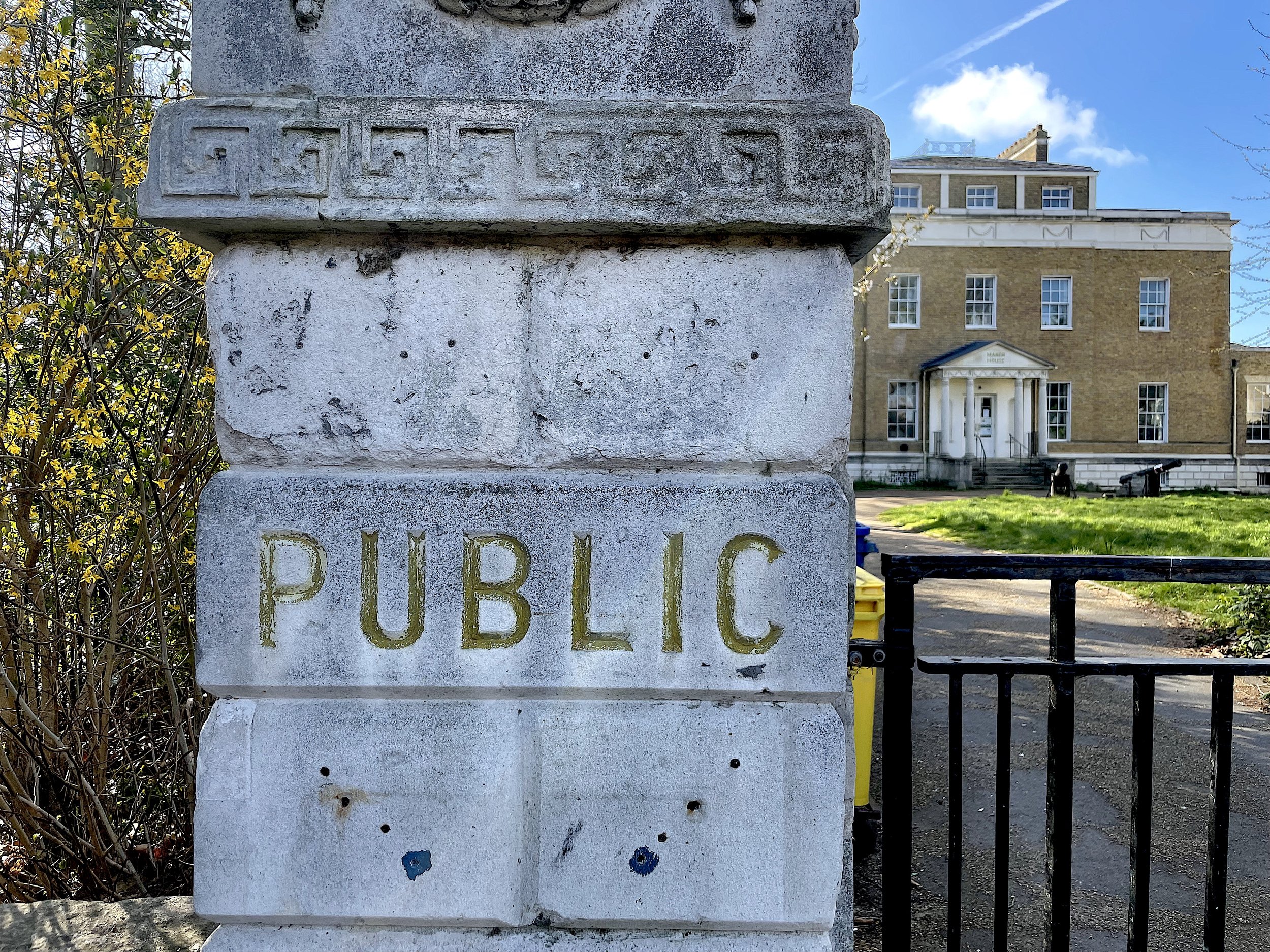

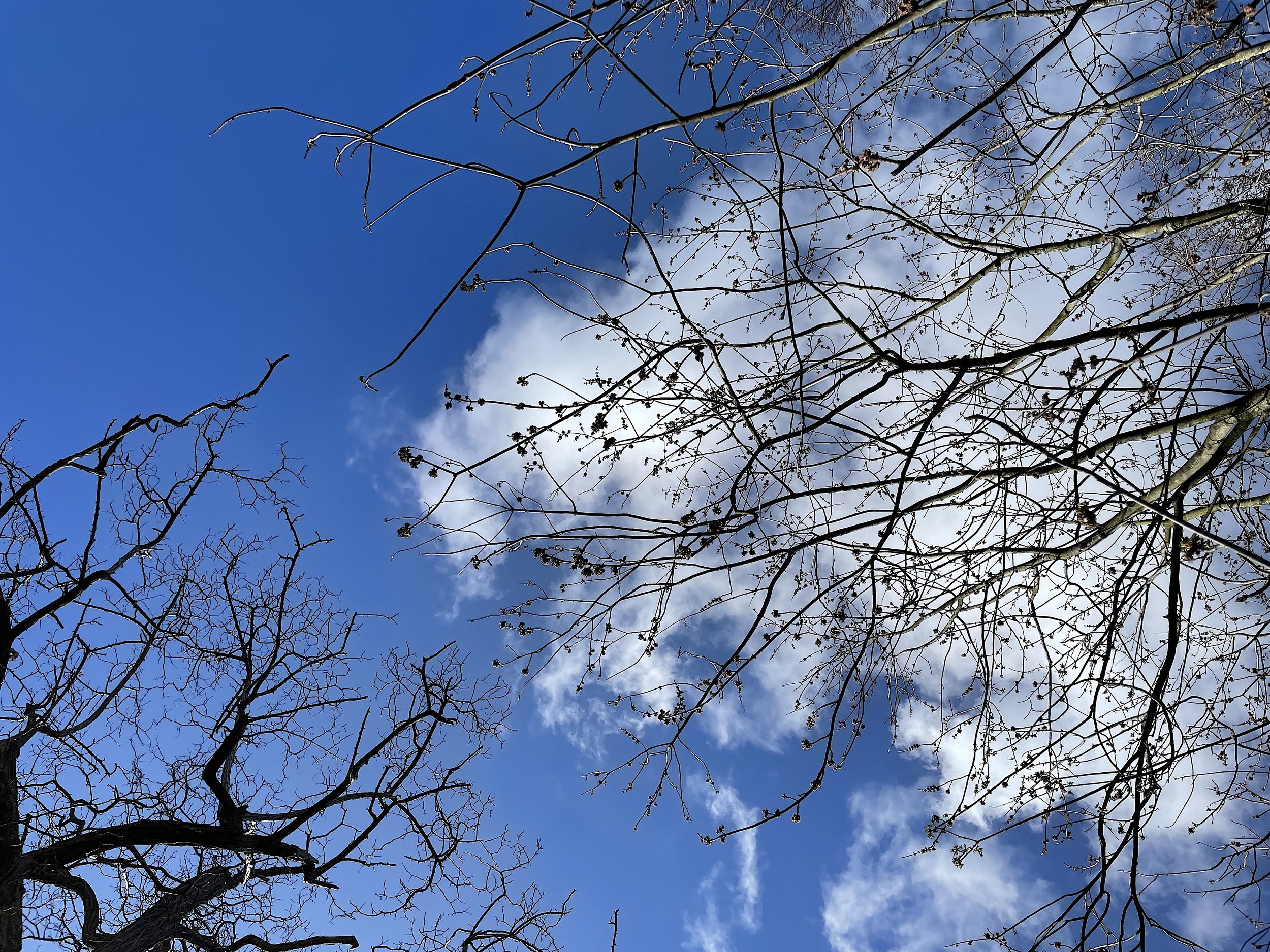
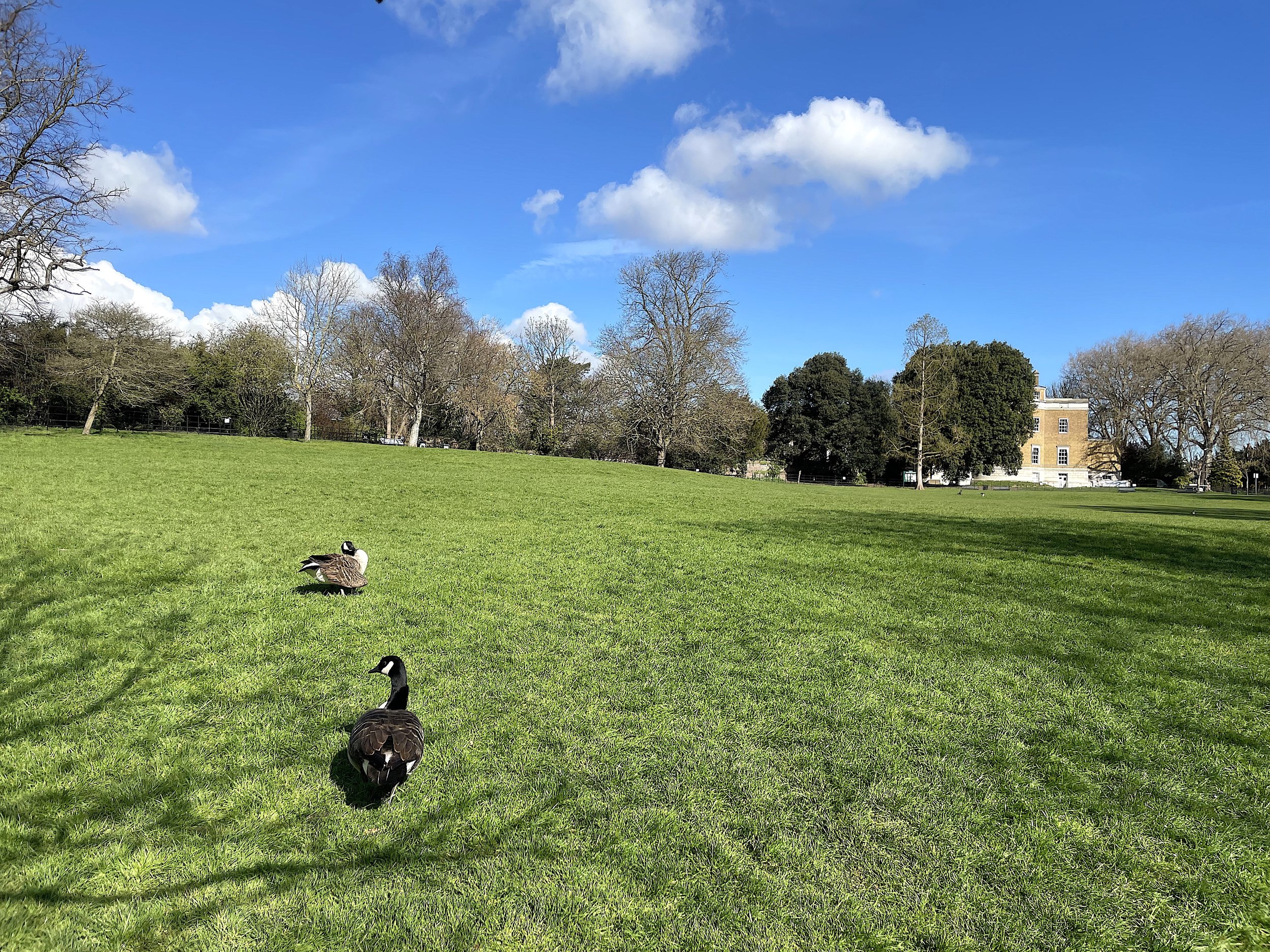
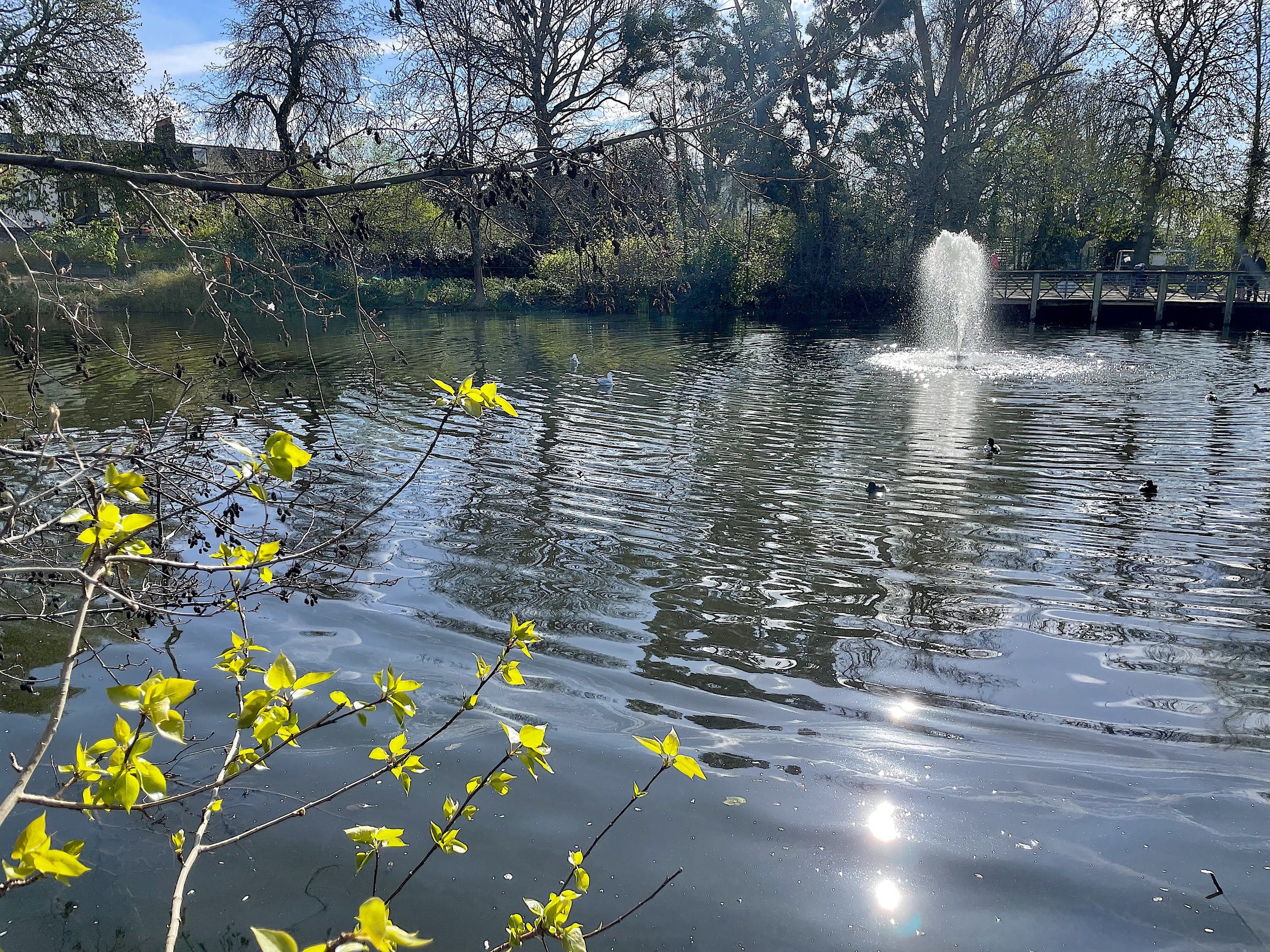
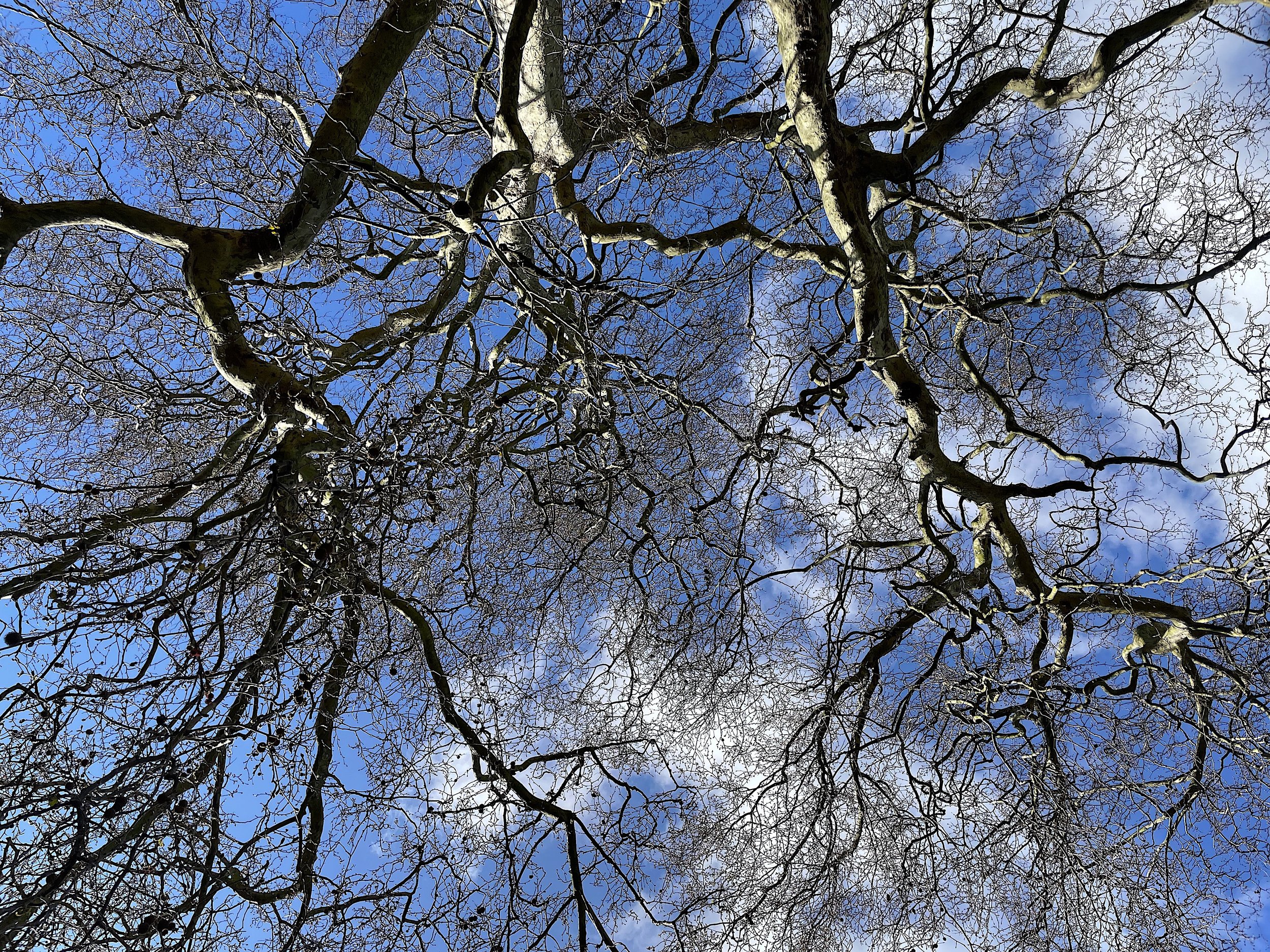
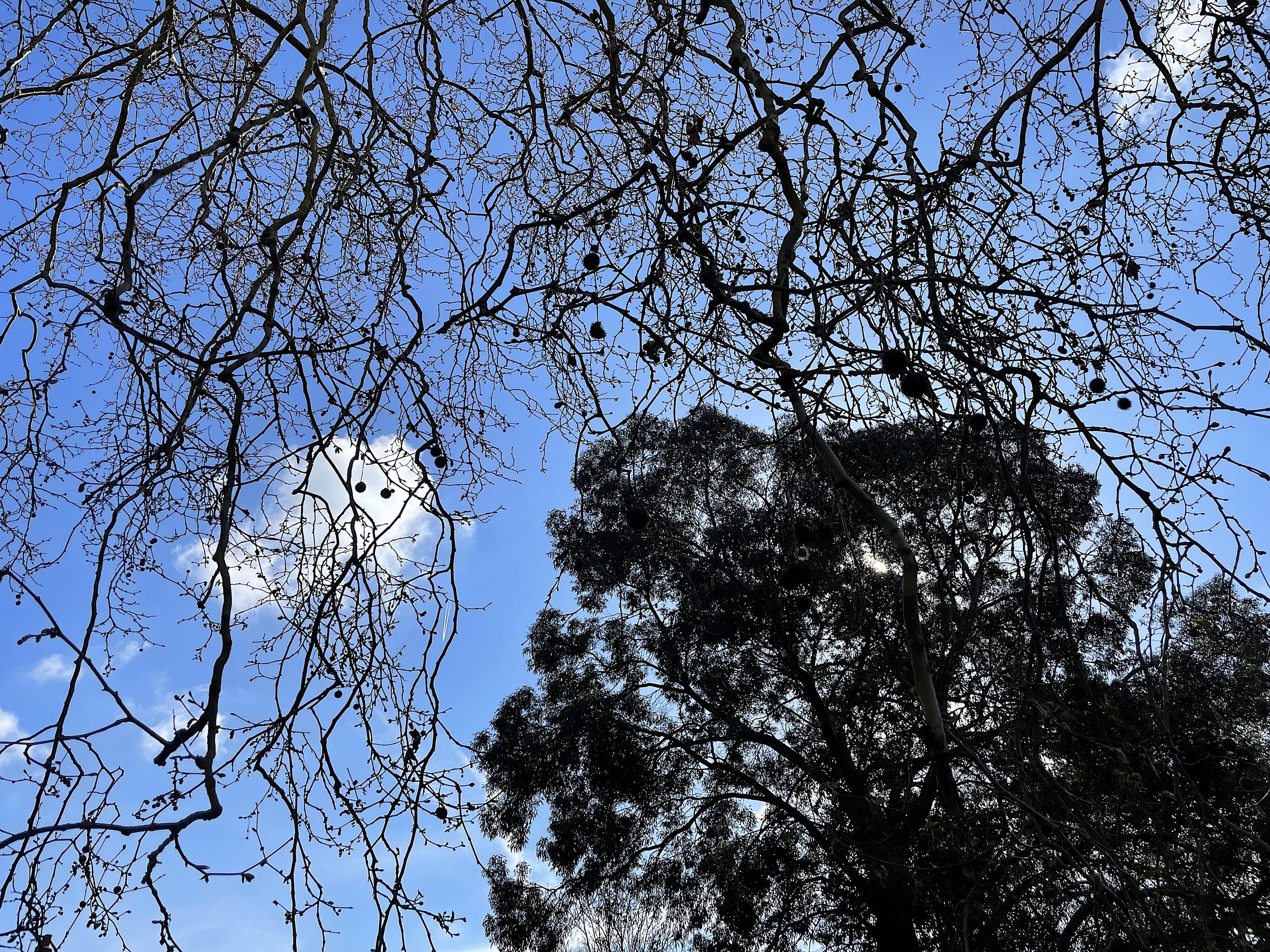

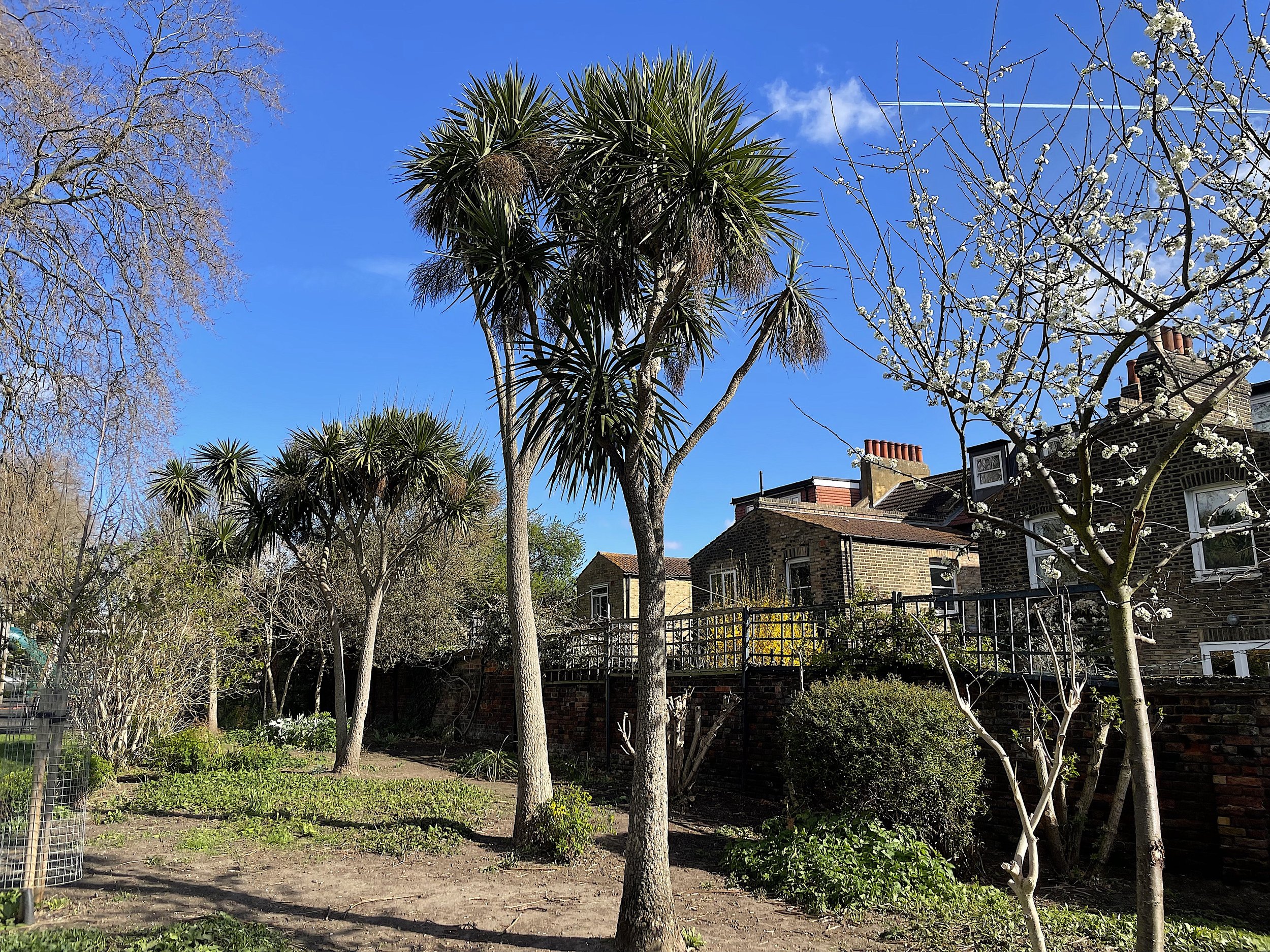
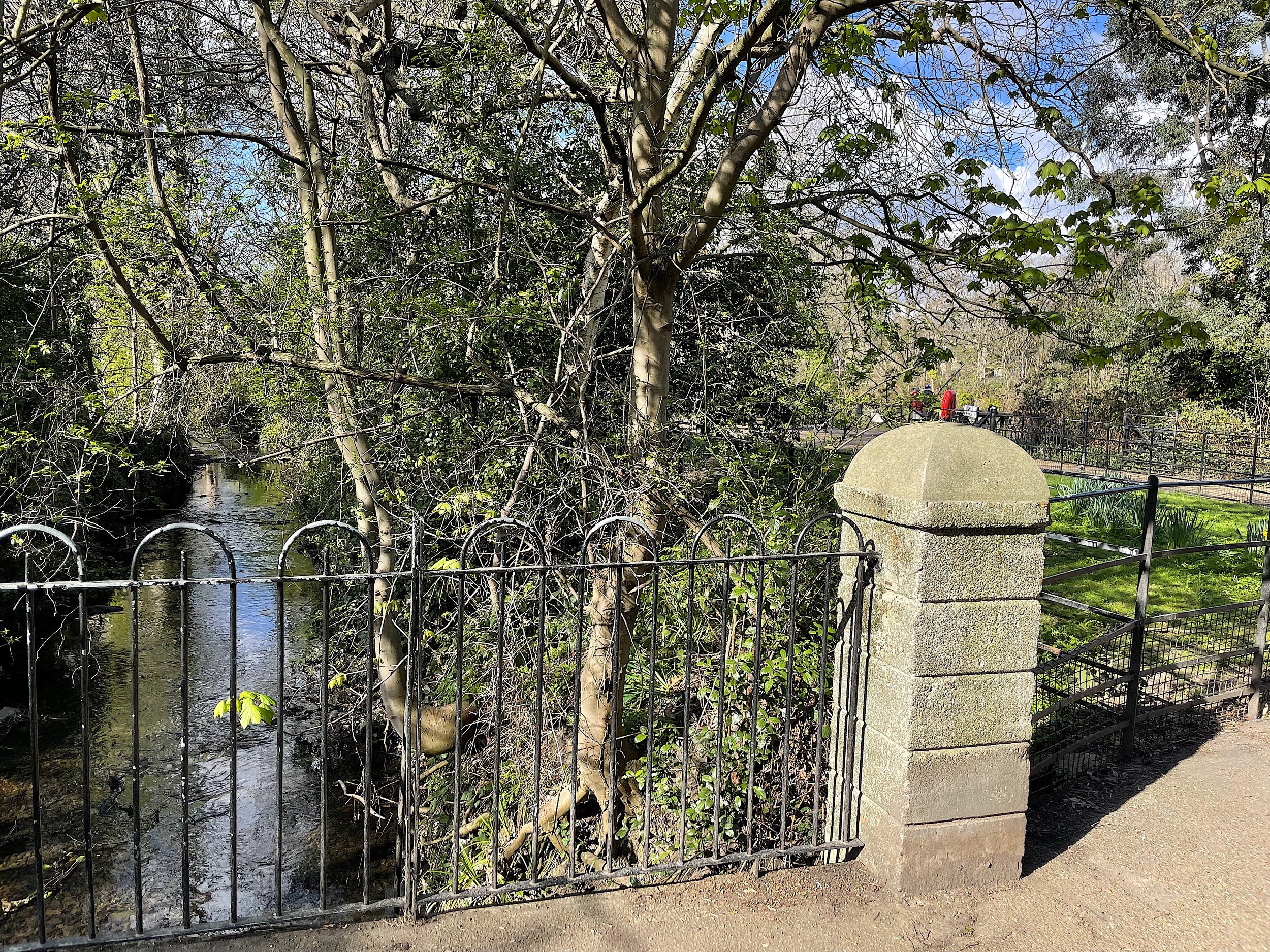
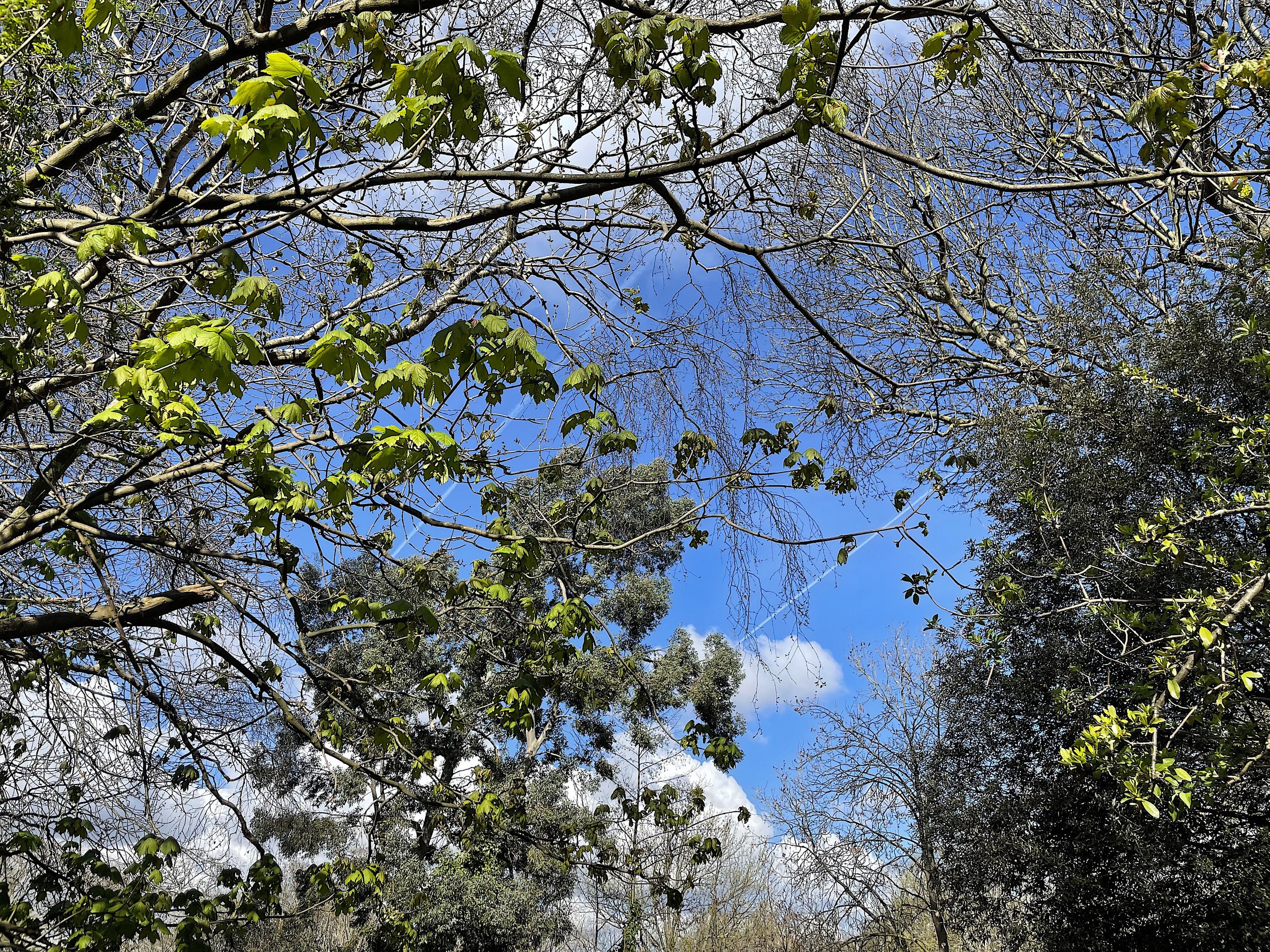
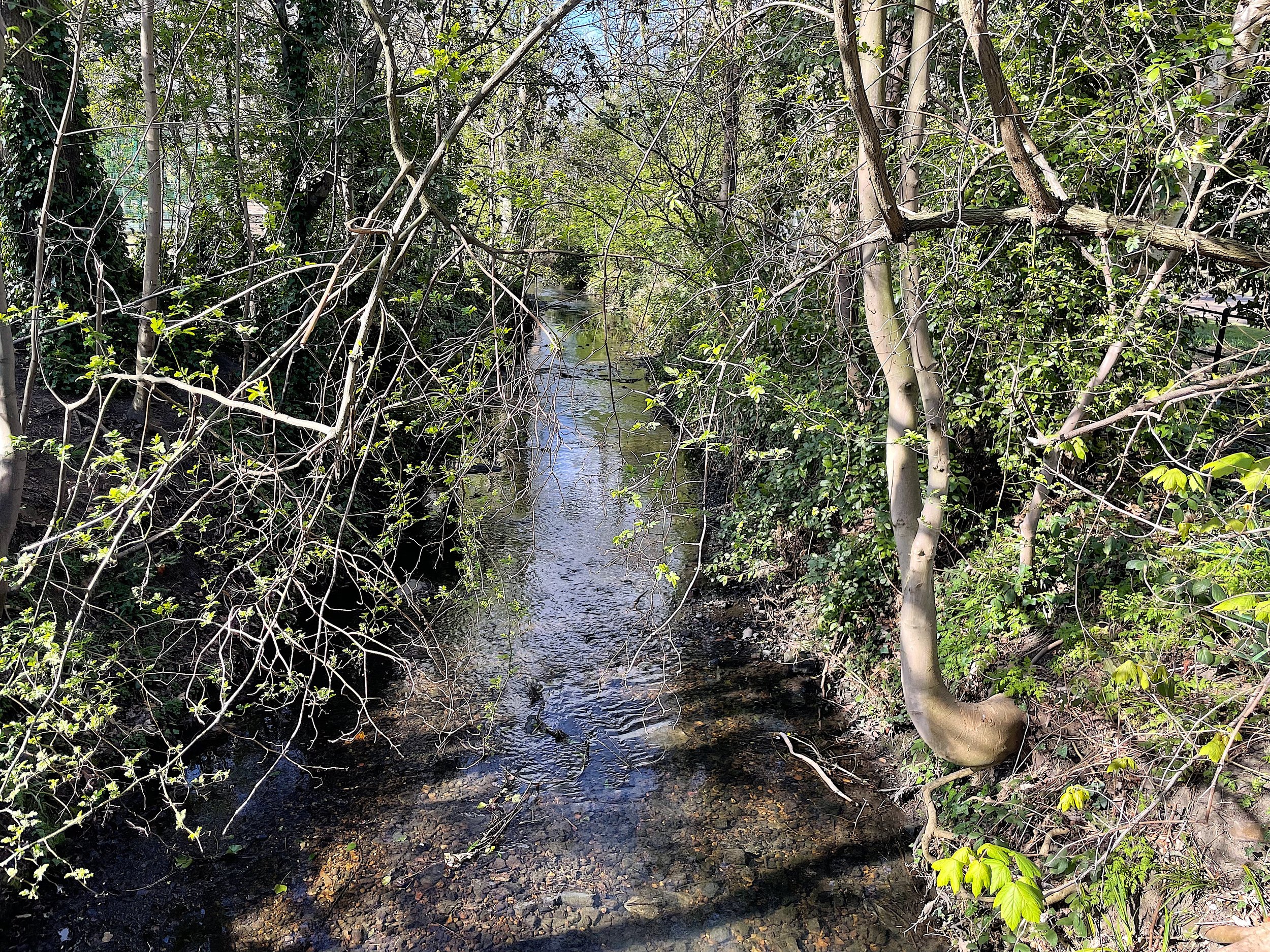
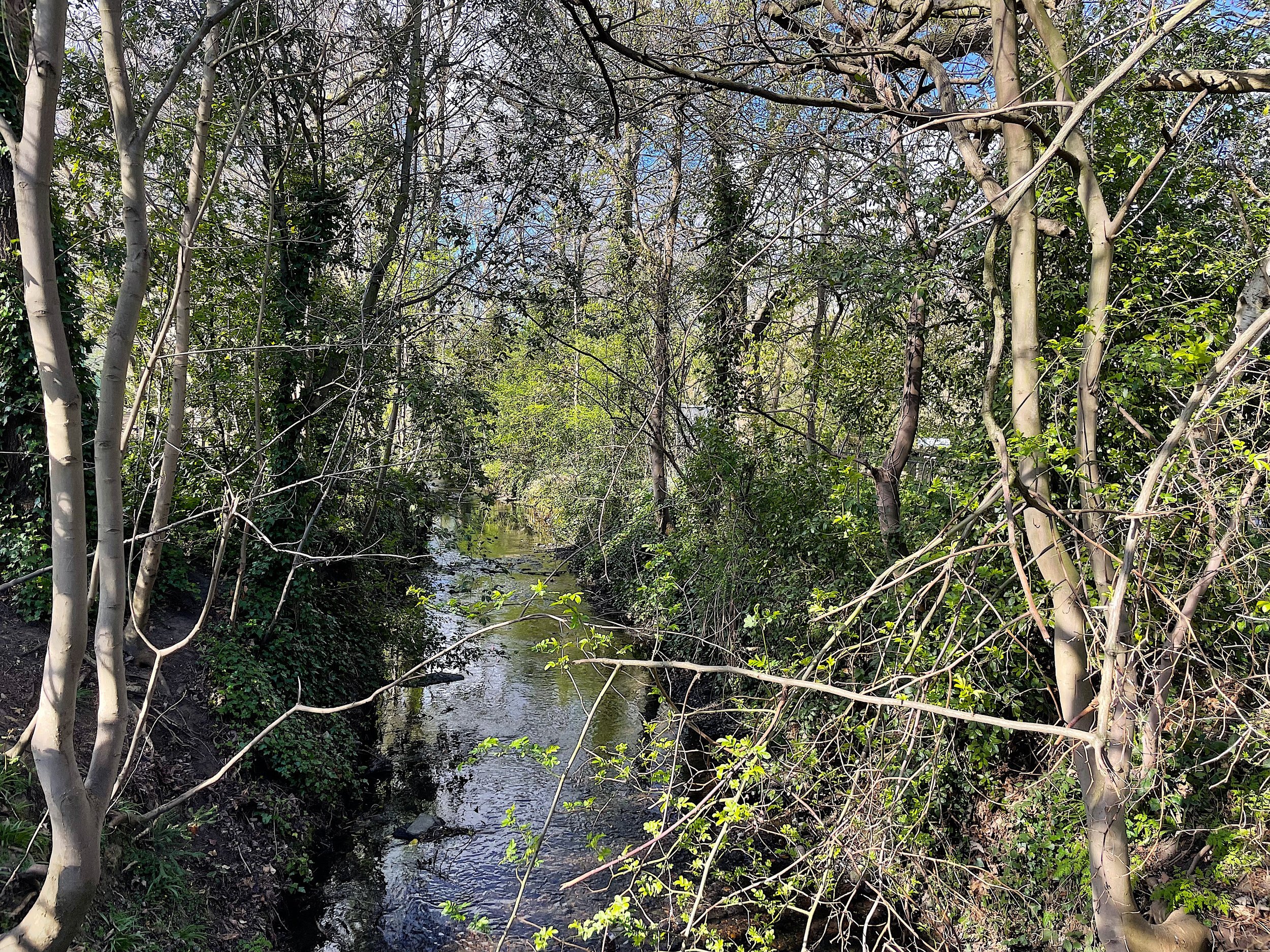
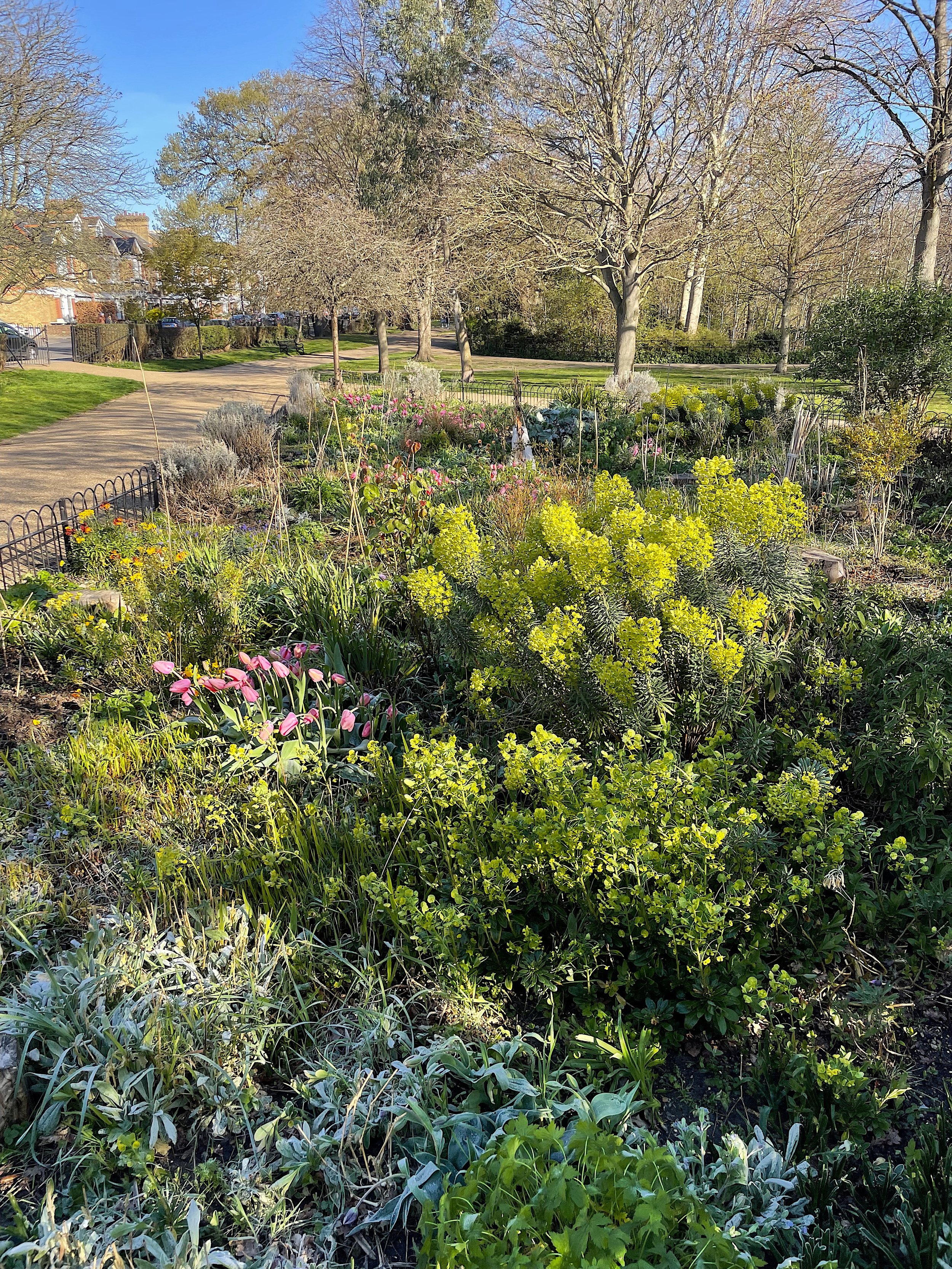



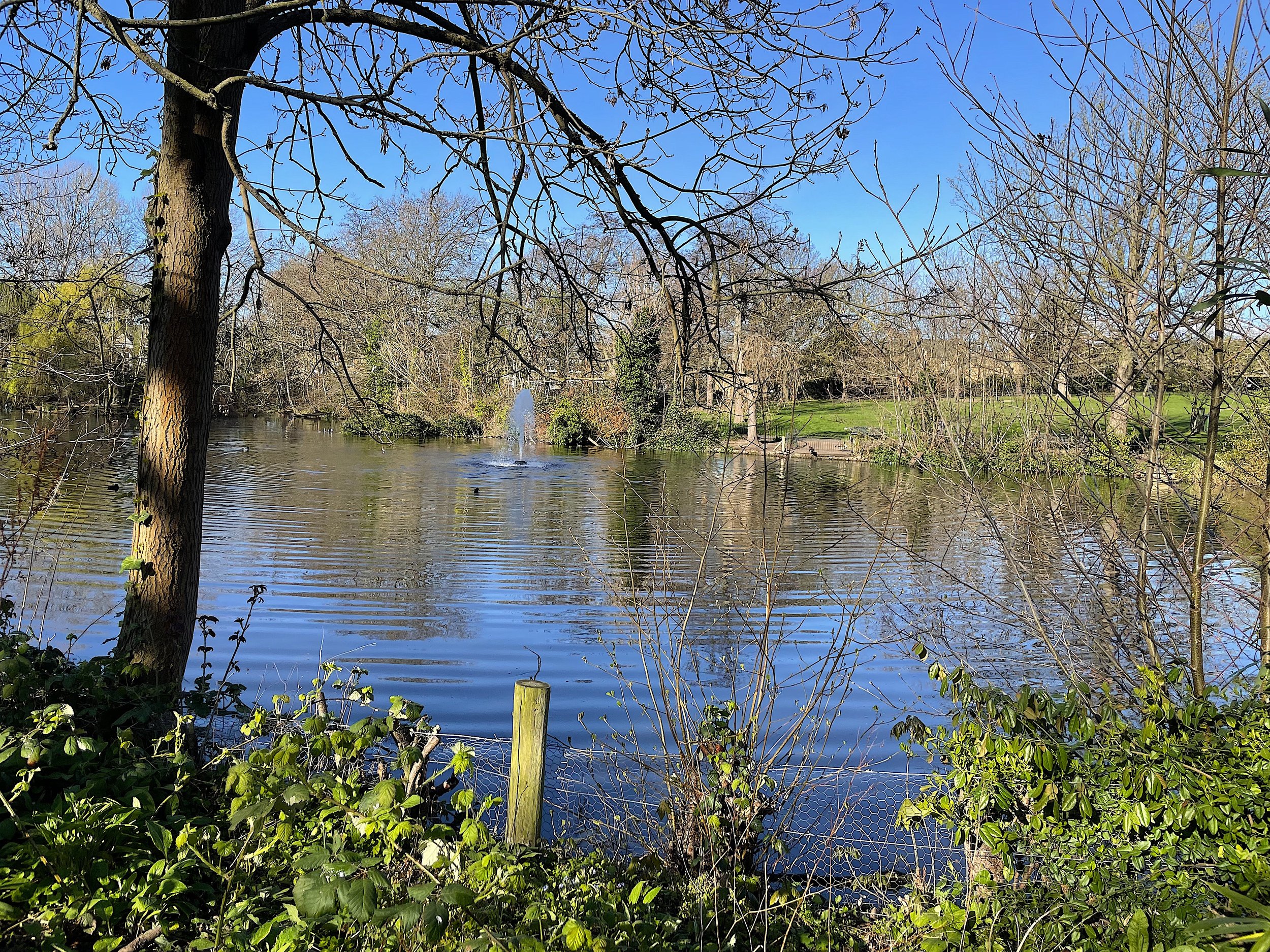
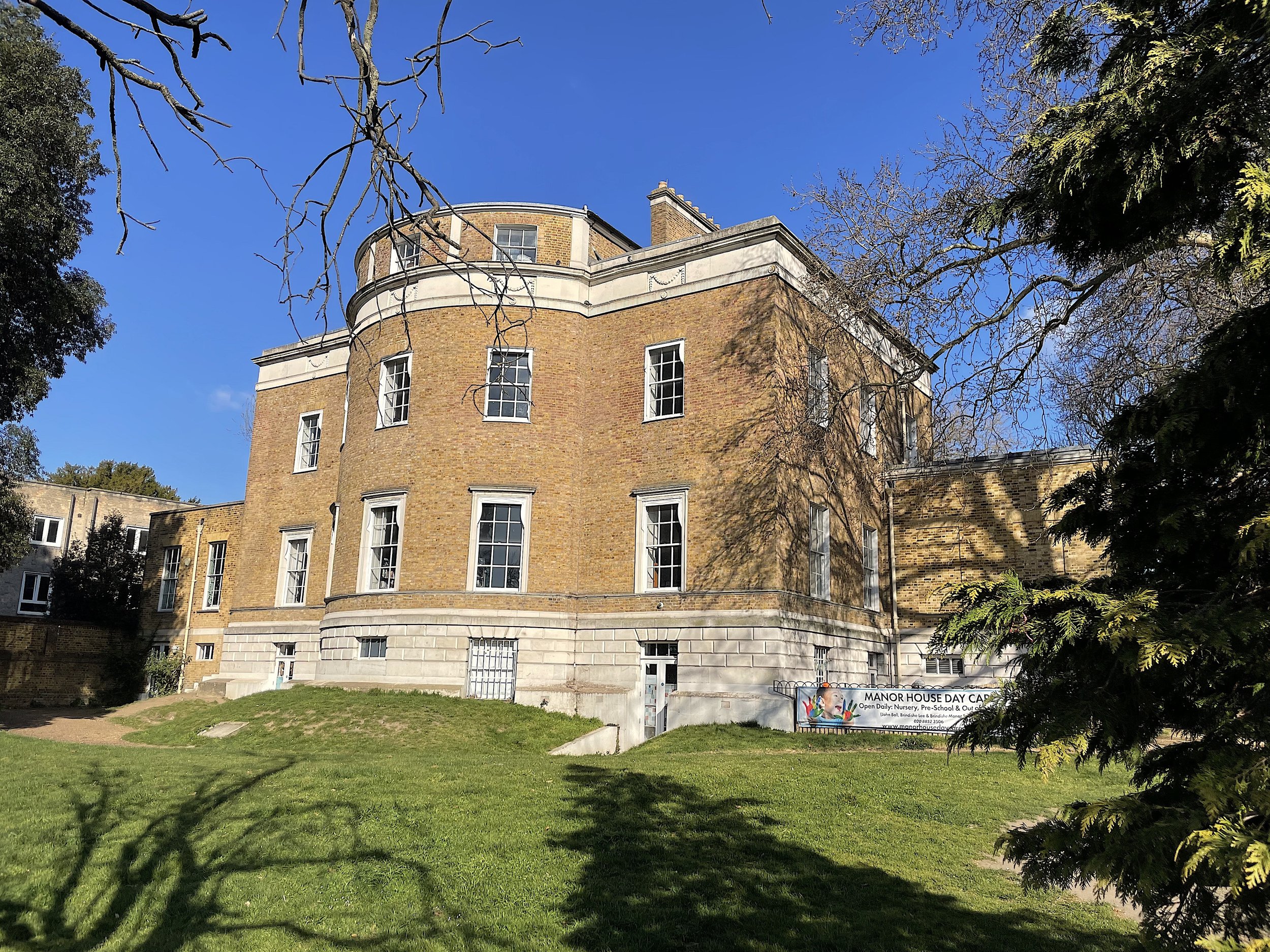
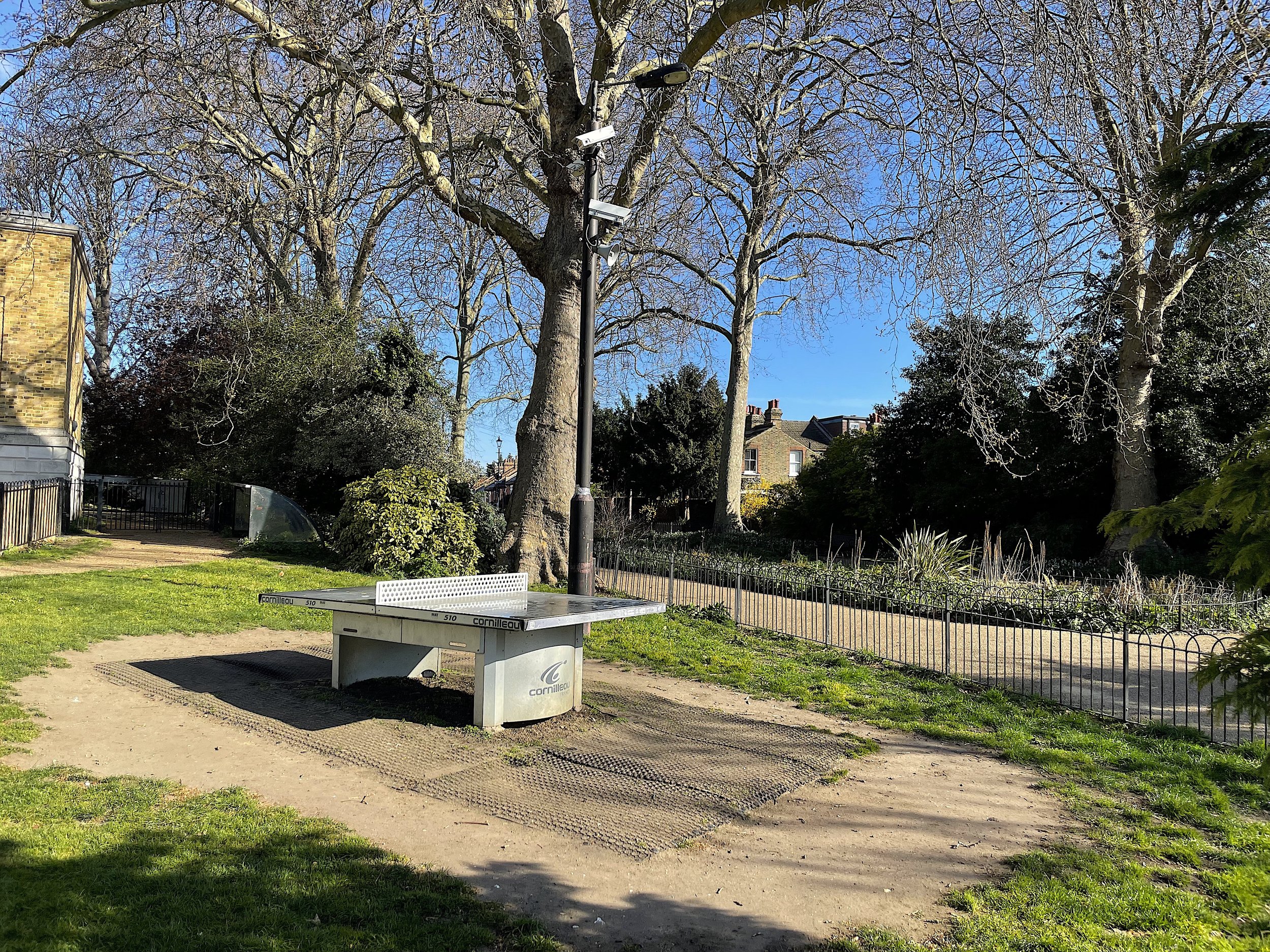
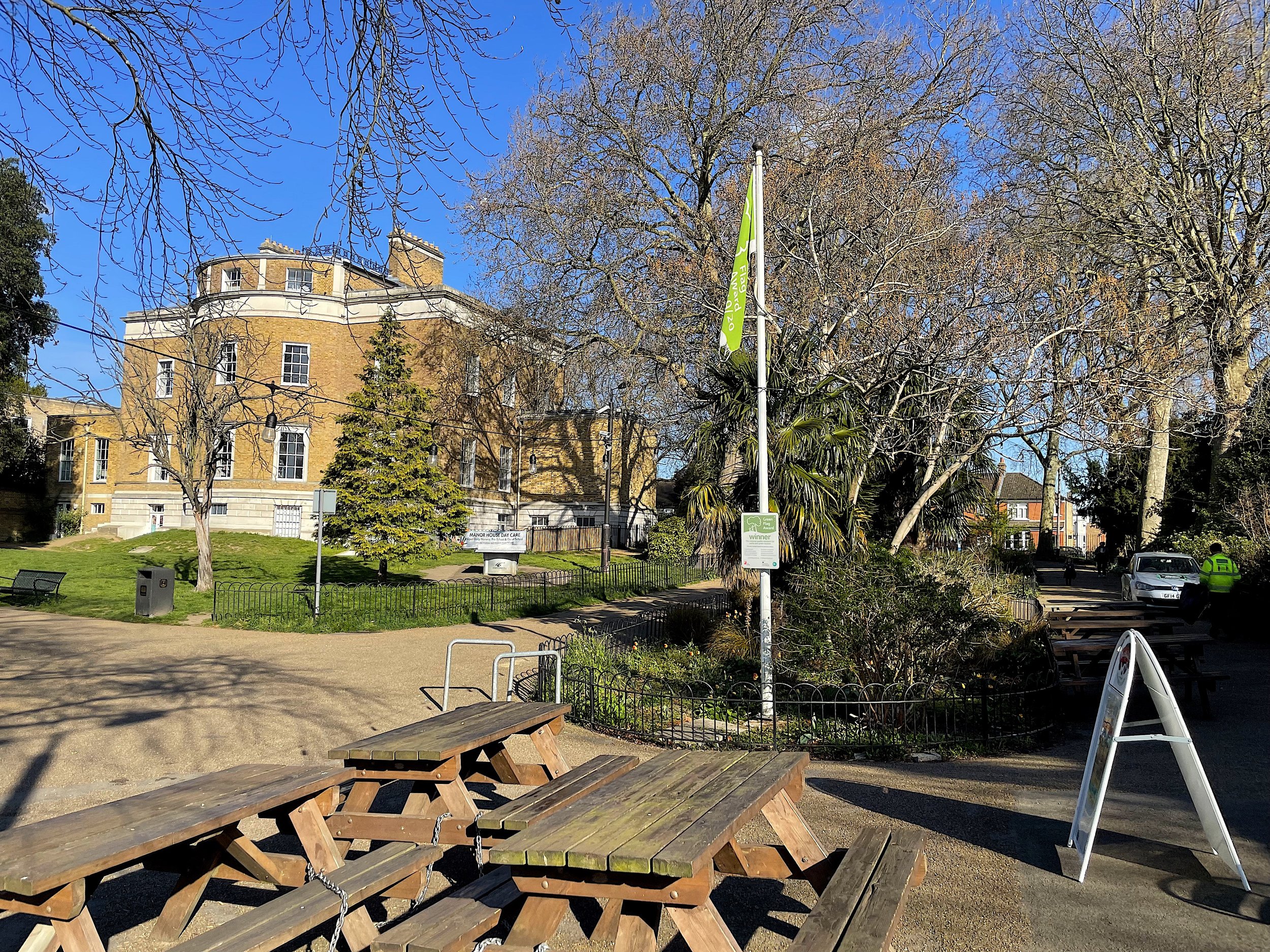
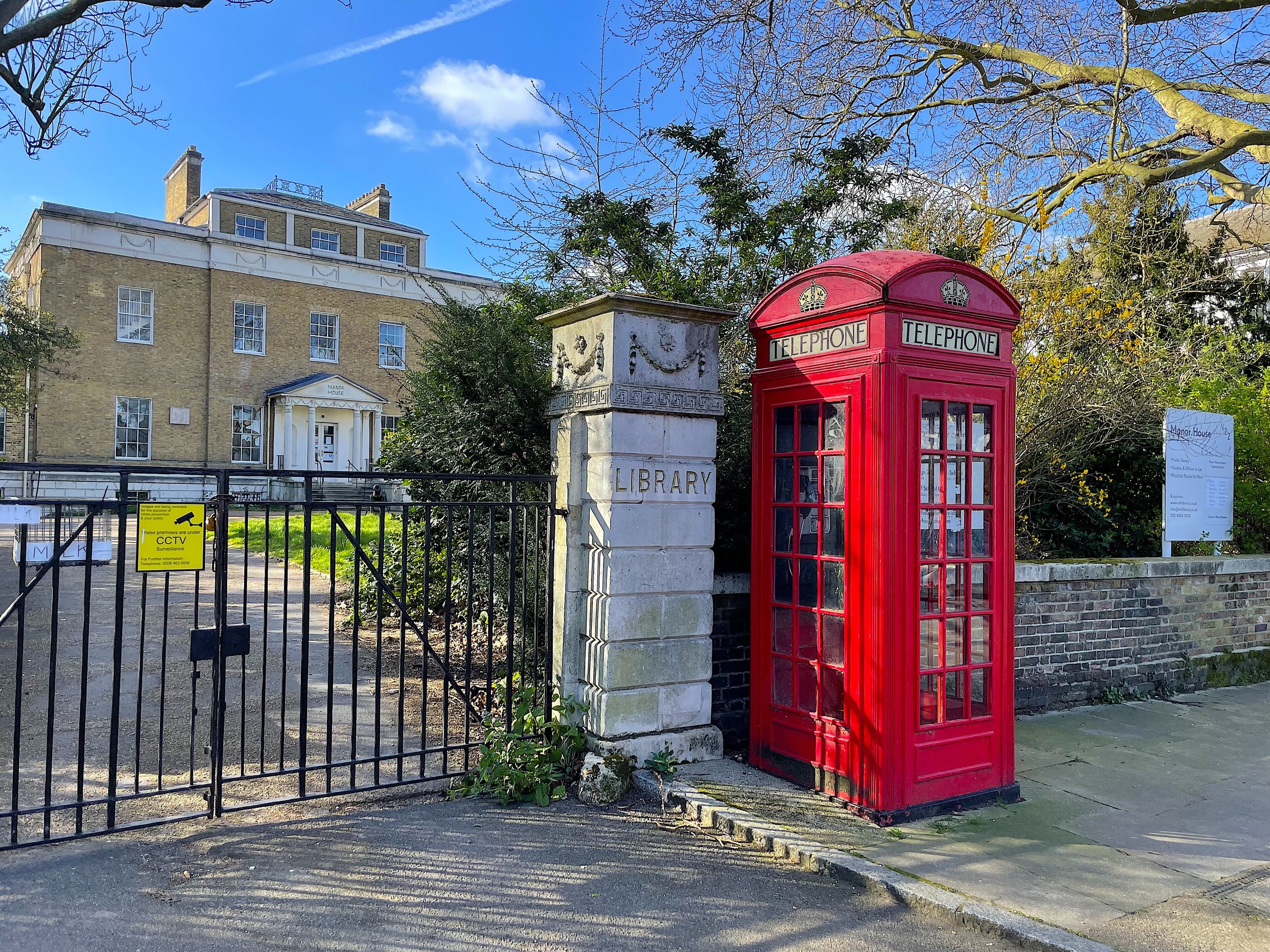
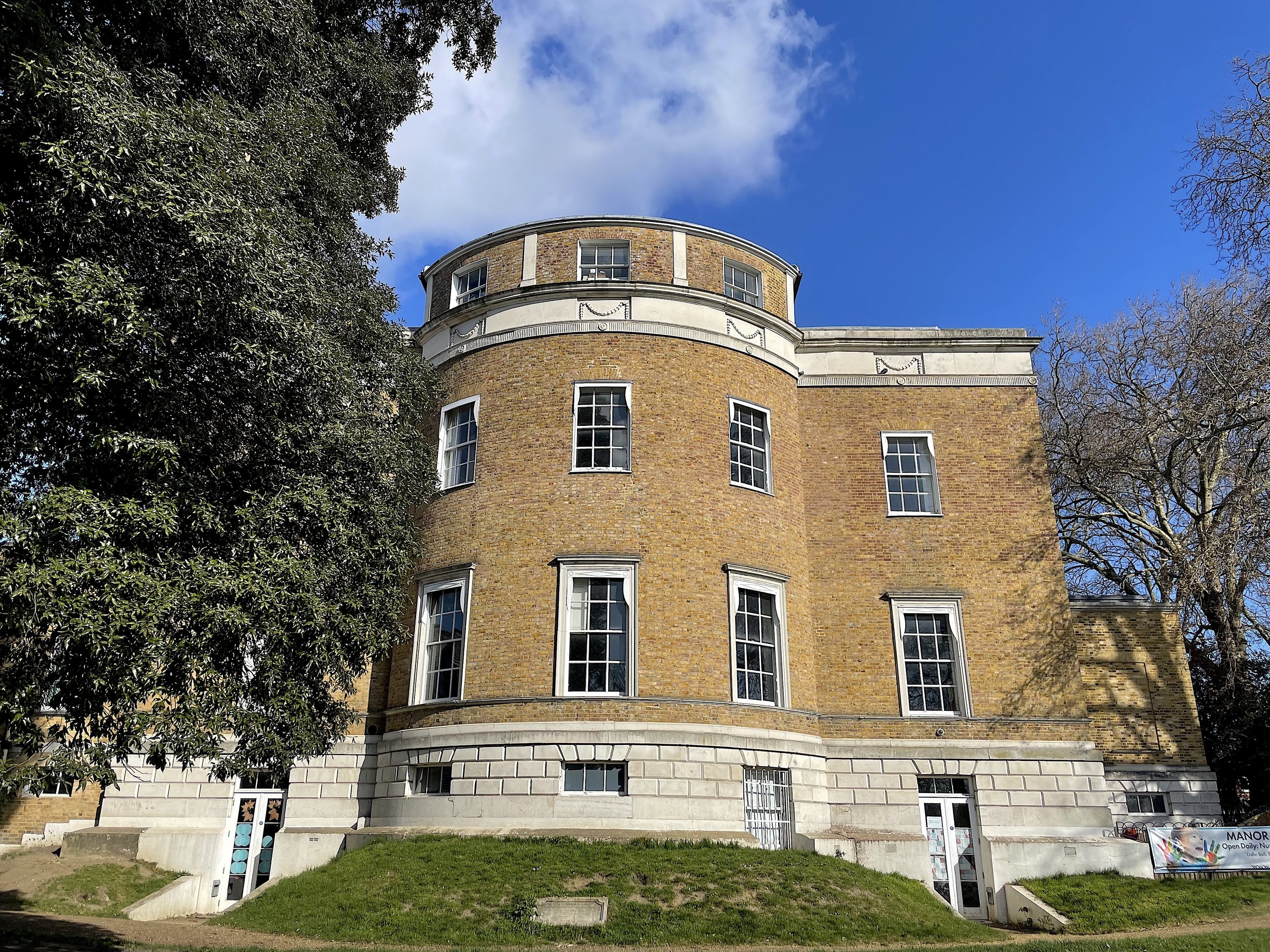
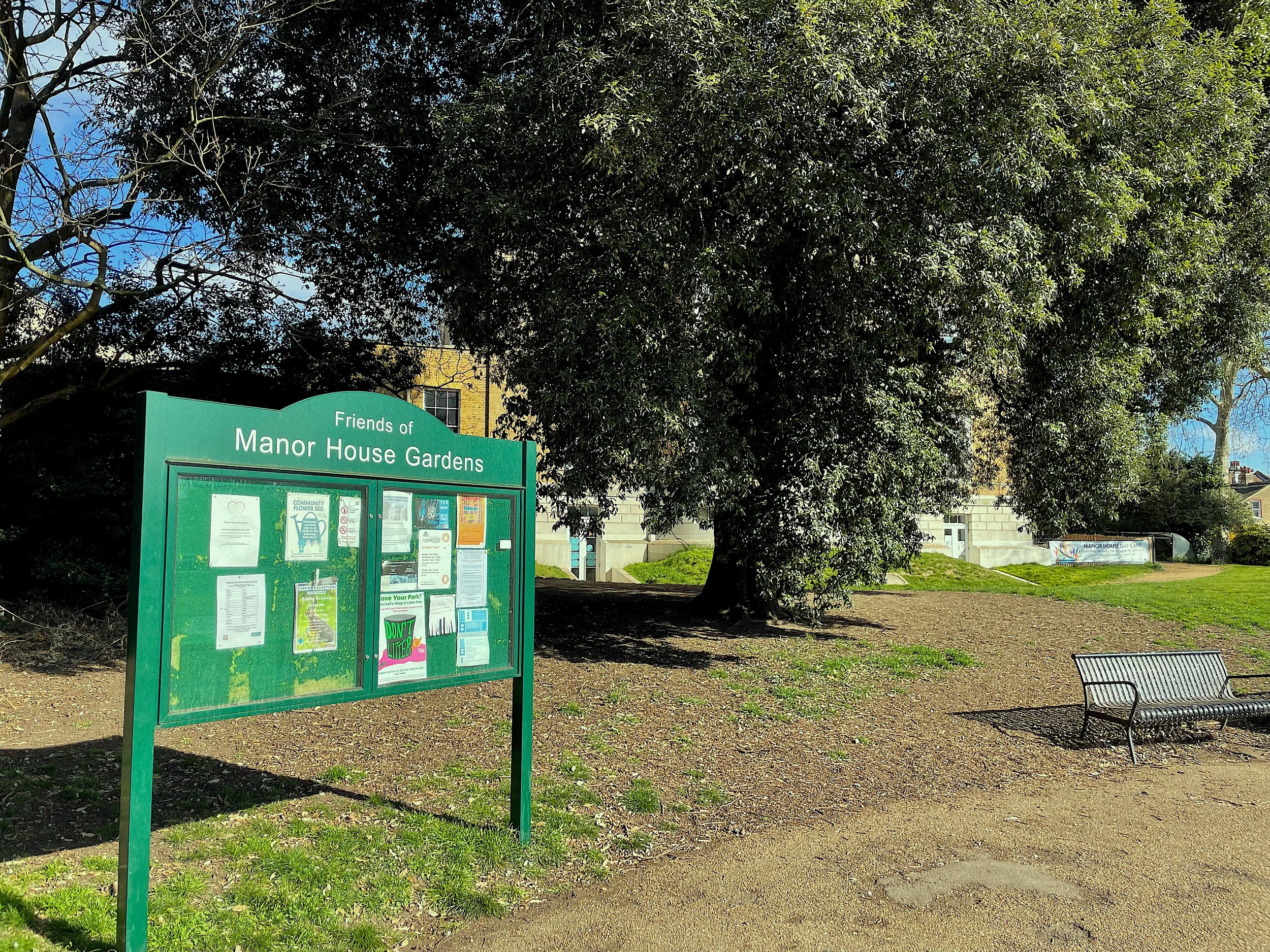
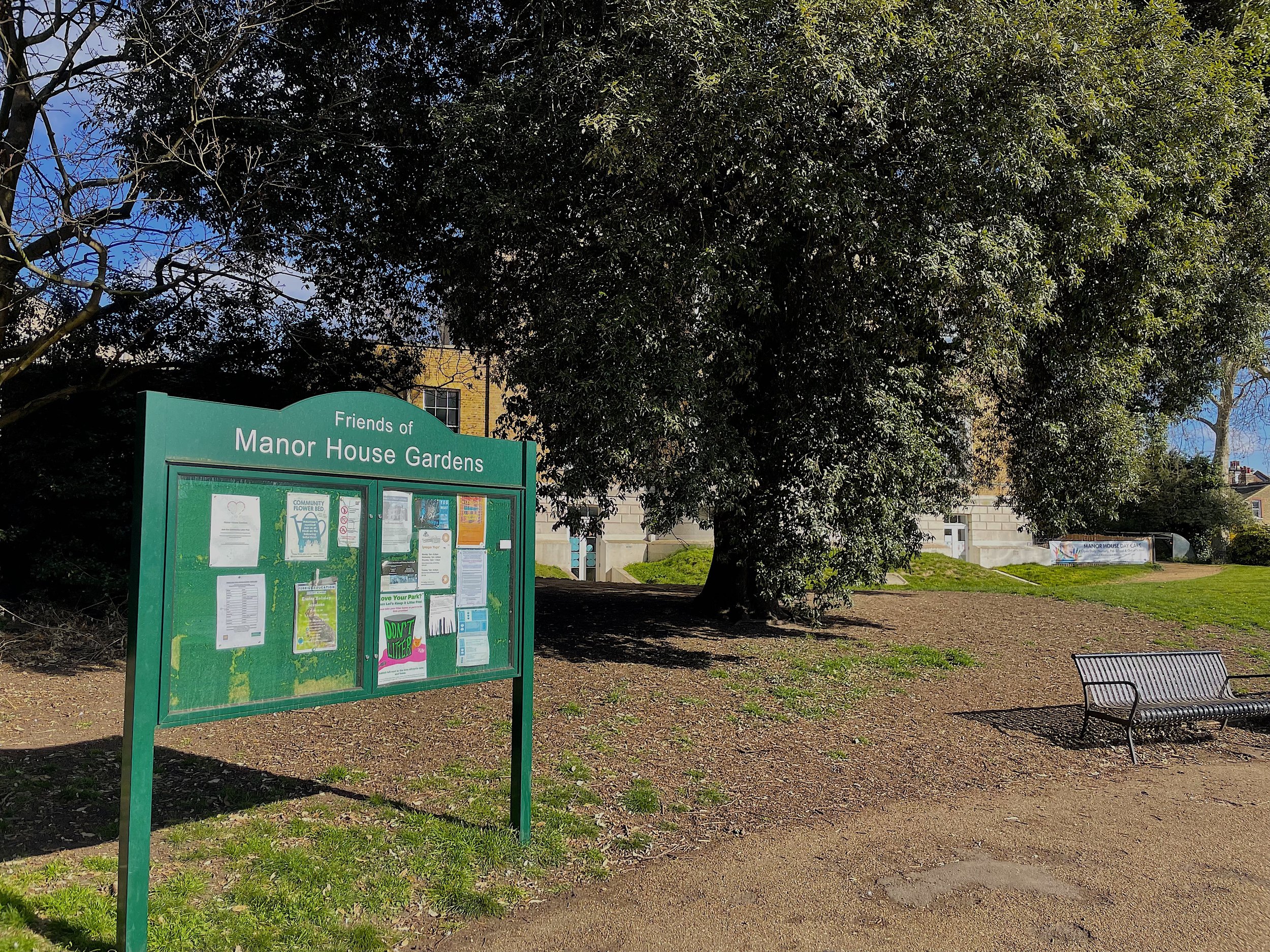
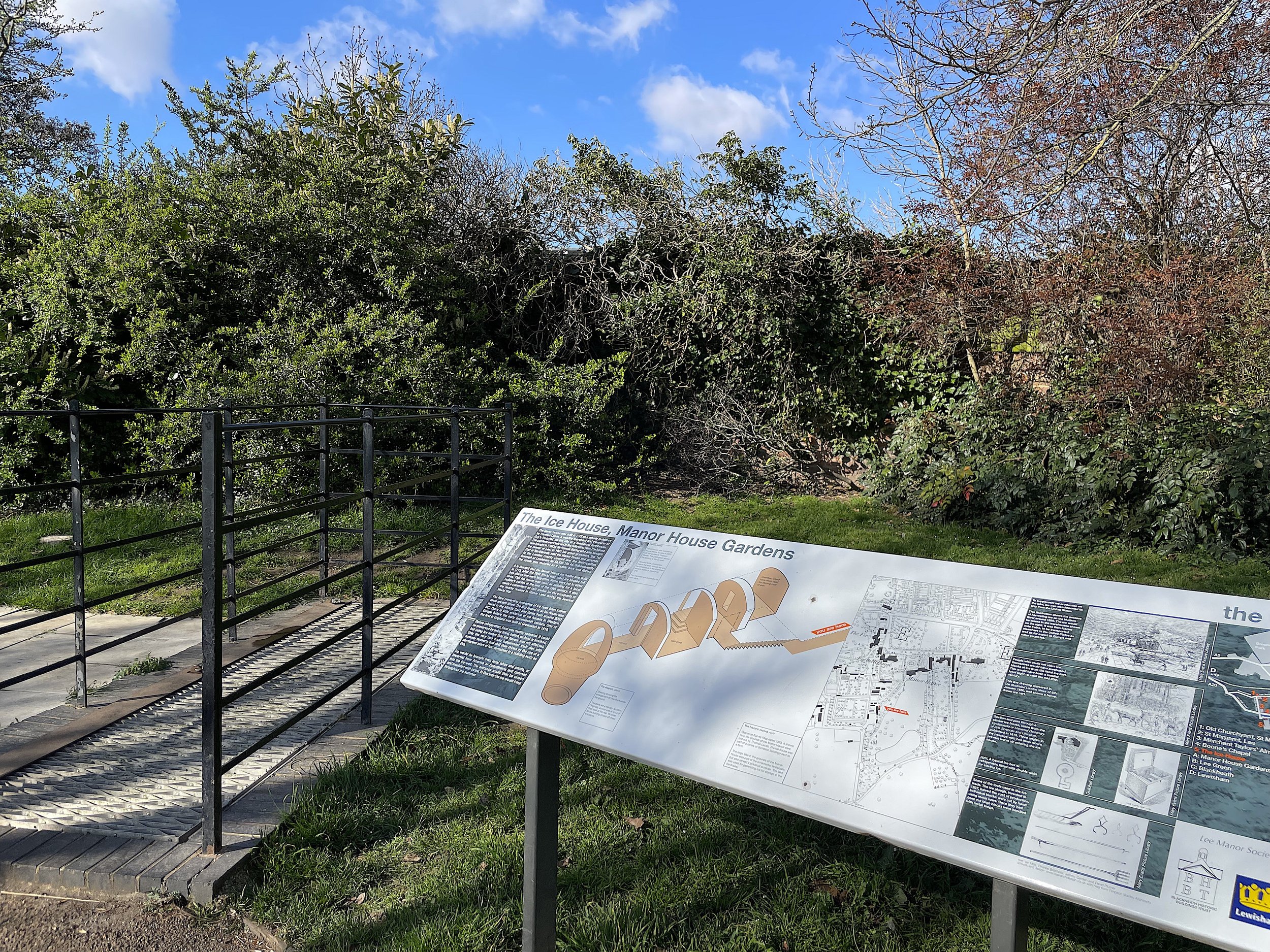
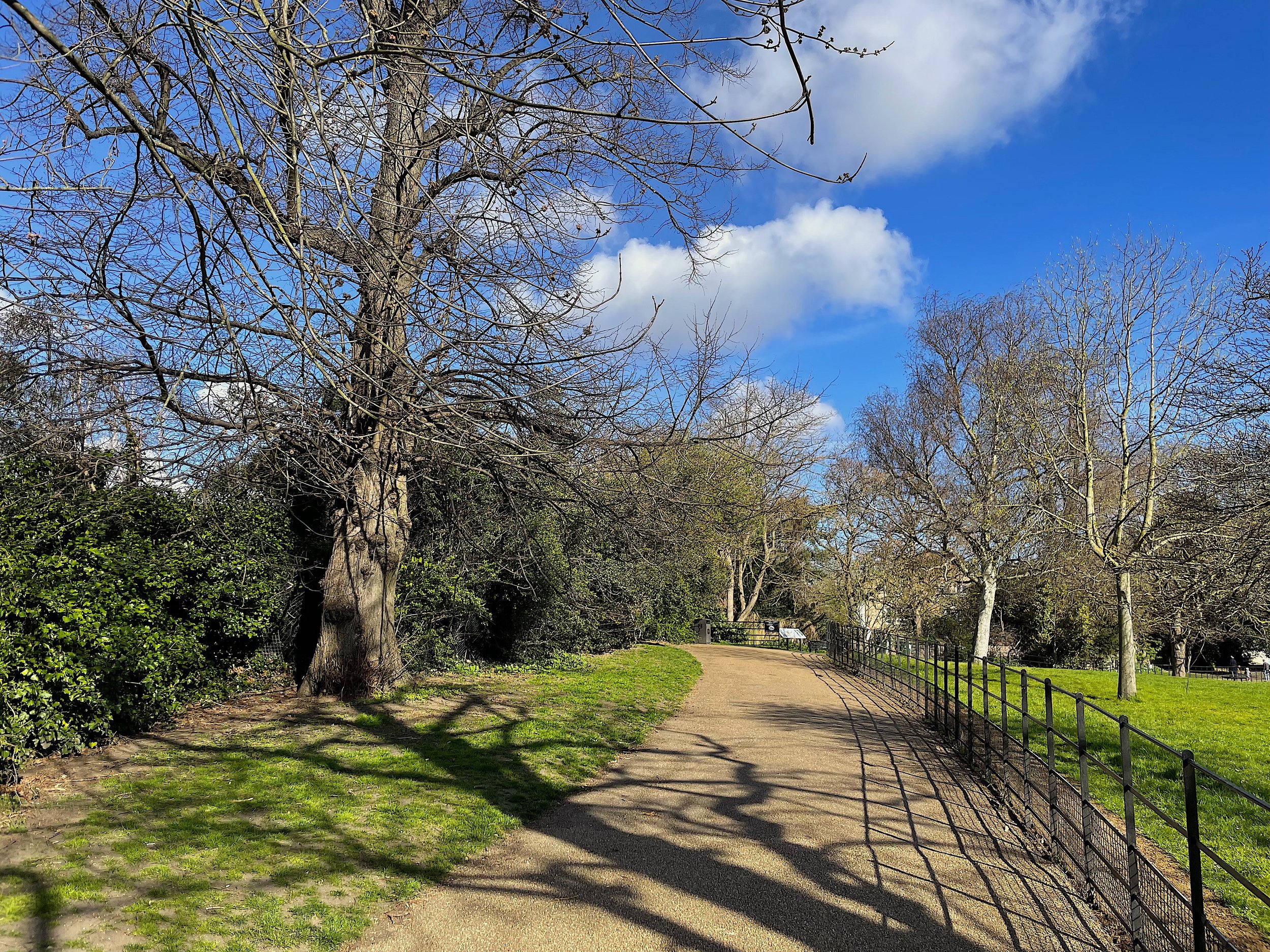
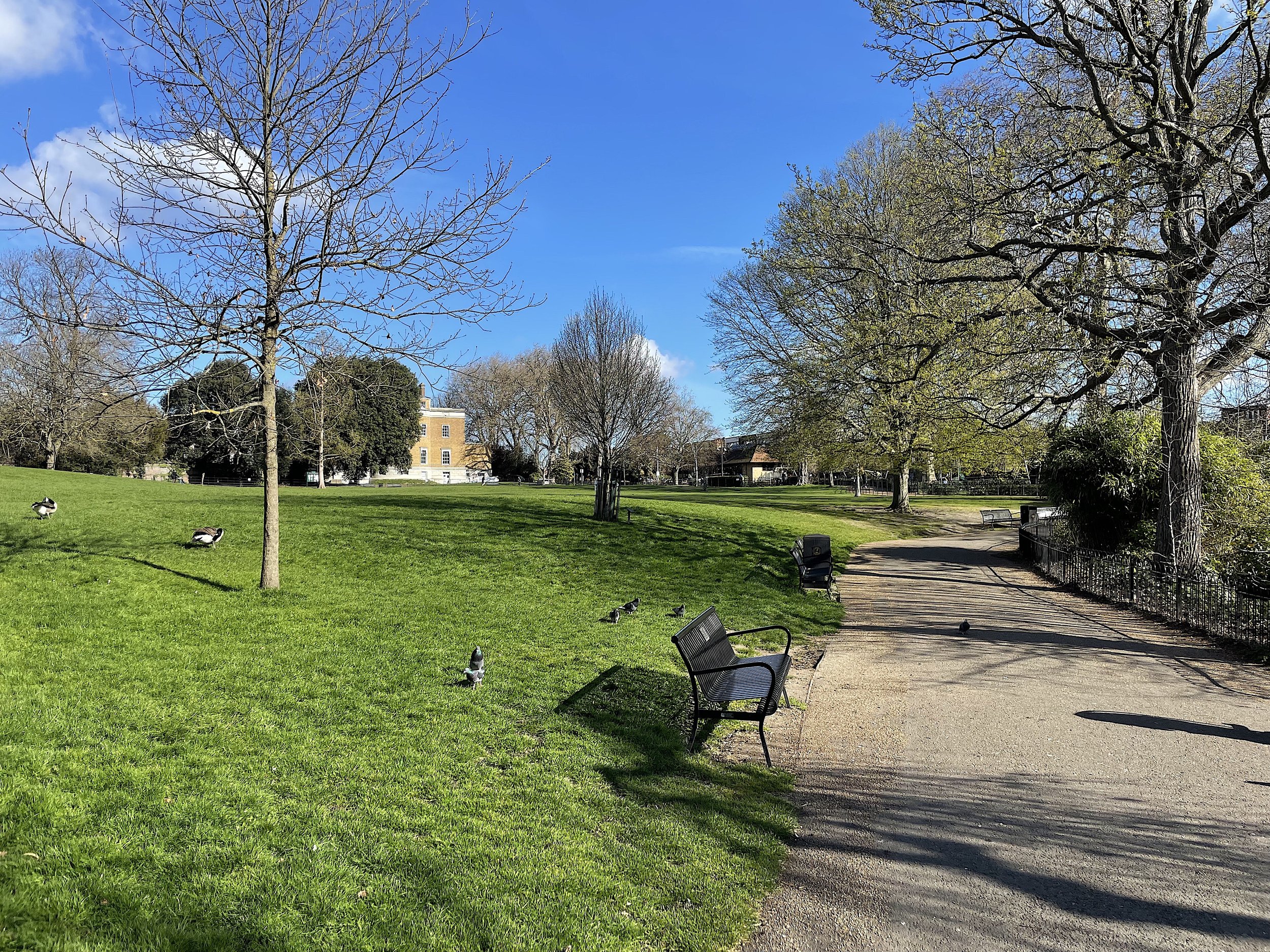

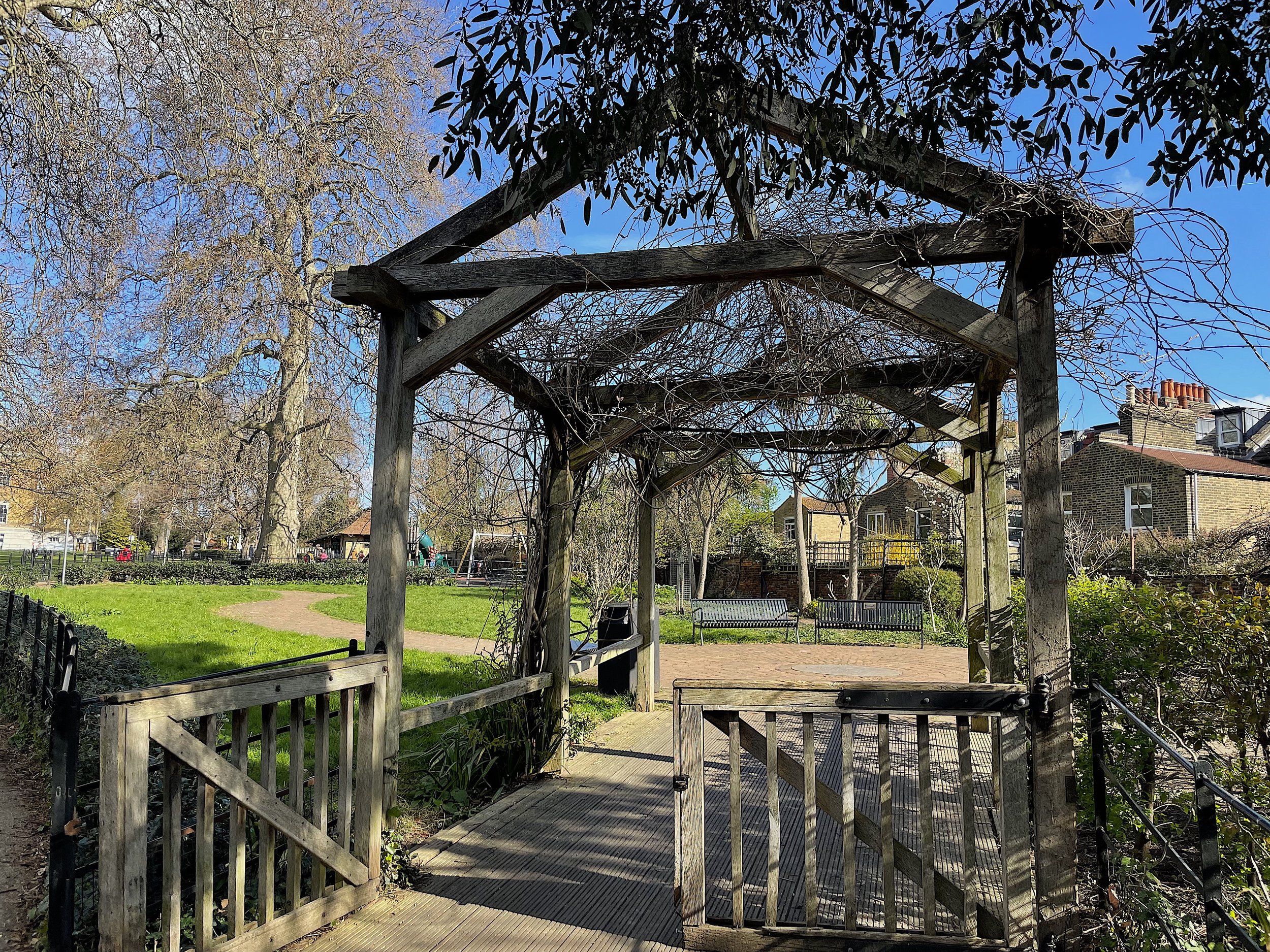

History
Looking out over the park is the magnificent Manor House (listed grade II), 250 years-old this year (2022) Built in 1771 for London merchant Thomas Lucas, designed by Richard Jupp (d.1799) architect of the East India Company’s building in Leadenhall Street.
The Manor House site has been in use since the early 16th century, probably occupied by the tenant who farmed the land around the estate, to be replaced in the 17th century by a new manor farmhouse. In 1744 city merchant, William Coleman acquired the house and began reuniting the various manorial lands. Following his death in 1771, the property passed to his nephew Thomas Lucas (1724-1784), a partner in his uncle's business, originated as the London part of a west country, woollen cloth business. He was an MP for a Cornish pocket borough and succeeded there by Sir Francis Baring.
Under the Barings
At an auction at Garraway’s Coffee House, in the City in 1796, Francis Baring, banker and chairman of the East India Company (whose family business activities had originated, as had two previous owners, with the West Country woollen trade) paid £20,000 for 623 acres, including the Manor House of Lee. Baring was one of the most influential men of the age, described by the Prime Minister of the day as ‘a merchant of great character and responsibility’. Francis Baring used the house as a rural retreat to his business and political activities in the city.
The Manor House is built of yellow stock bricks, the front entrance to the library has a grand four-column, porch and at the rear, large bay windows look out over a gently sloping meadow to the great lake. It was privately owned from 1771 to 1901, the site is unique in containing a 200-year-old icehouse, open to visitors on the first and third Sunday of the month from April to September 3pm - 5pm.
The construction of the house was accompanied by the layout of the garden, utilising its significant and attractive site, its south –facing slope leading down to the river quaggy. Groups of trees were planted and the artificial lake or ‘sheet of water’ formed. These excavations probably provided the opportunity to modify and re-shape the landform covering the Ice House. By the time of the death of Thomas Lucas in 1784, the garden had been expanded with additional land being included to the east and southern boundaries.
Land Ownership
At his death in 1810, his son, Sir Thomas Baring left the property and sold off parts of the estate. By the 1860’s, residential housing had begun to spring up around the park and by the 1930’s the context of the grounds had changed from rural to urban, with every boundary bounded by housing.
In 1896, the 1st Earl of Northbrook, grandson of Sir Francis, sold the Manor House and immediate grounds to London County Council with the Lee District Board contributing a substantial proportion of the £8,835.18s 4d (a cost which was significantly below the market value) ‘in consideration of the object for which the ground was to be acquired’ – as a public park.
The council had been informed that the estate was in a “somewhat neglected condition”. Even then however, it was attractive, being well timbered and already laid out as a park with an ornamental lake. It was therefore decided that nothing should be done which would materially alter the aspect of the park.
The necessary work- widening footpaths, the formation of a new path, the provision of fencing, was undertaken at a cost of £3,500, under the direction of Lt. Col. J.J. Sexby, Chief Officer of the Parks Department the eastern extension of the Manor House was demolished to allow a new entrance from Old Road to be made. Sexby’s over saw the acquisition of many private estates and converted them to public parks: Brockwell (1892), Myatts Fields (1889), Wandsworth (1898) Hackney (1902) and Ruskin Park (1907). His influence was enhanced with the publication of his book, ‘Municipal Parks, Gardens and Open Spaces of London’ in 1889.
The formal opening of Manor House Gardens, Lee, took place on Whit Monday, 19th of May 1902, with the Manor House becoming a public library. The gardens retained their popularity, with the importance of the house and gardens being acknowledged with the listing of the house Grade II, in 1954, to be followed with grounds being included in the English Heritage Register of Parks and Gardens.
In 1965 the house was acquired by London Borough of Lewisham, in 1971 the garden also became their responsibility. In 1976, the house and garden formed part of the Lee Manor Conservation Area. Lewisham’s Park improvements included the addition of trees (protected by Tree Preservation Orders), tennis Courts, other recreational facilities, and a raised herb garden.
Historical Overview
In addition to its importance as a valuable local resource Manor House Gardens offers a glimpse to the visitor of outer London before the late 19th century expansion of the metropolis. The Manor House and its gardens have survived remarkably well.

